
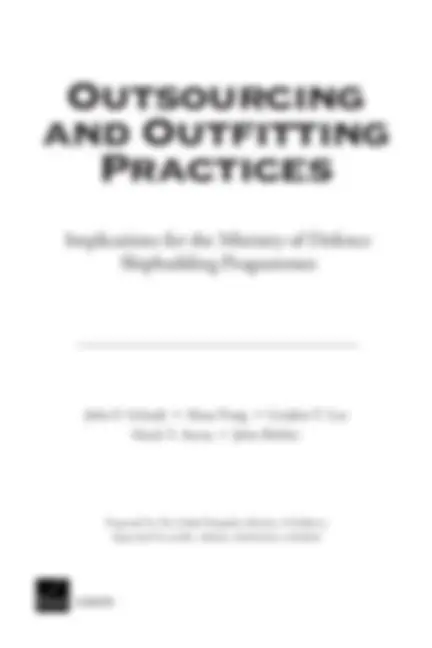
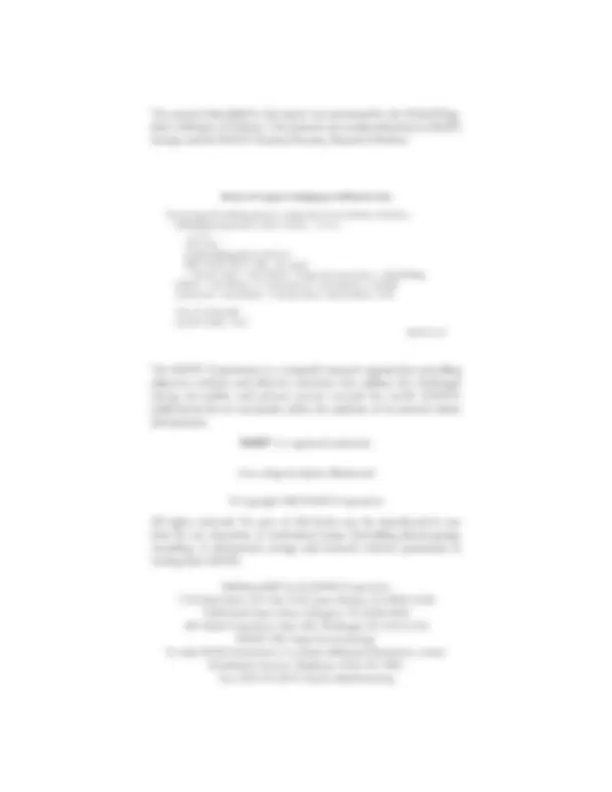
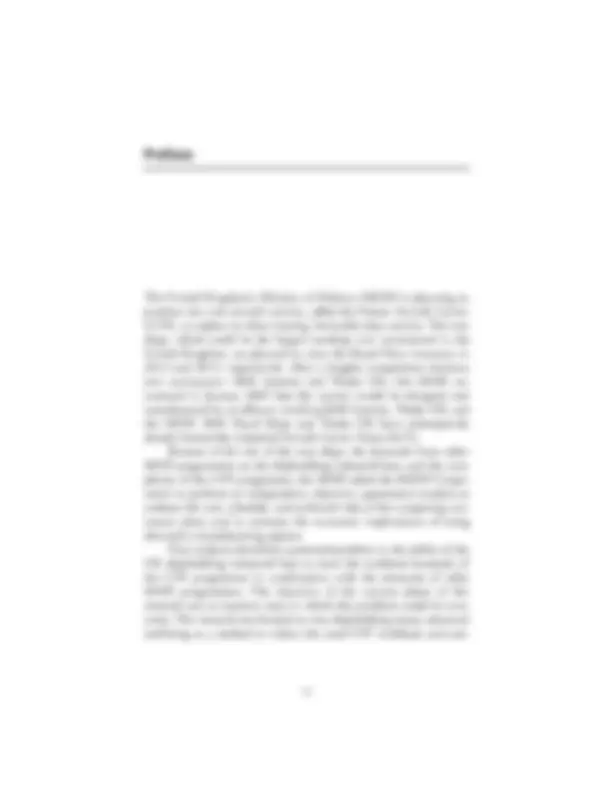

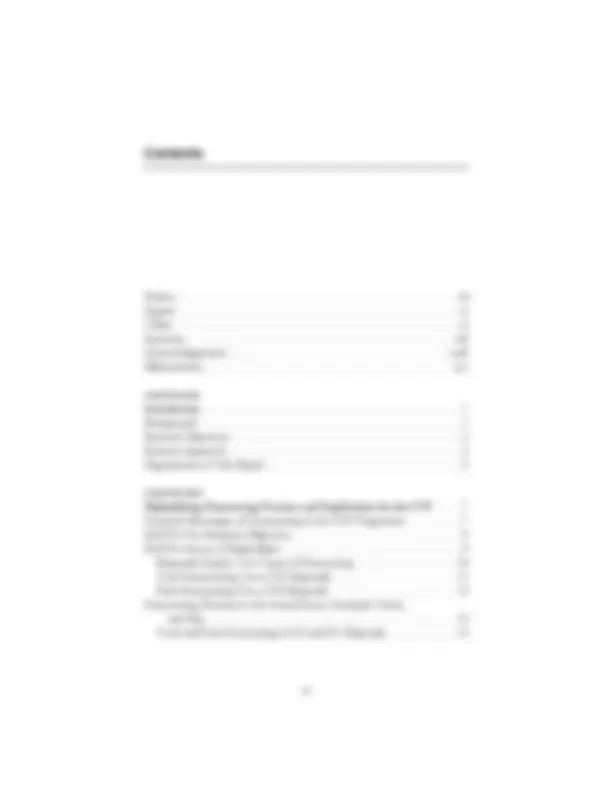
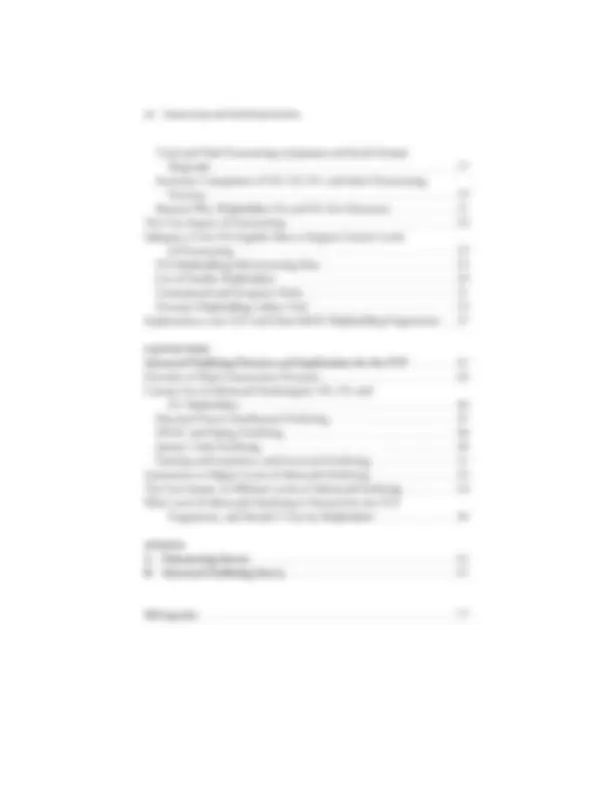
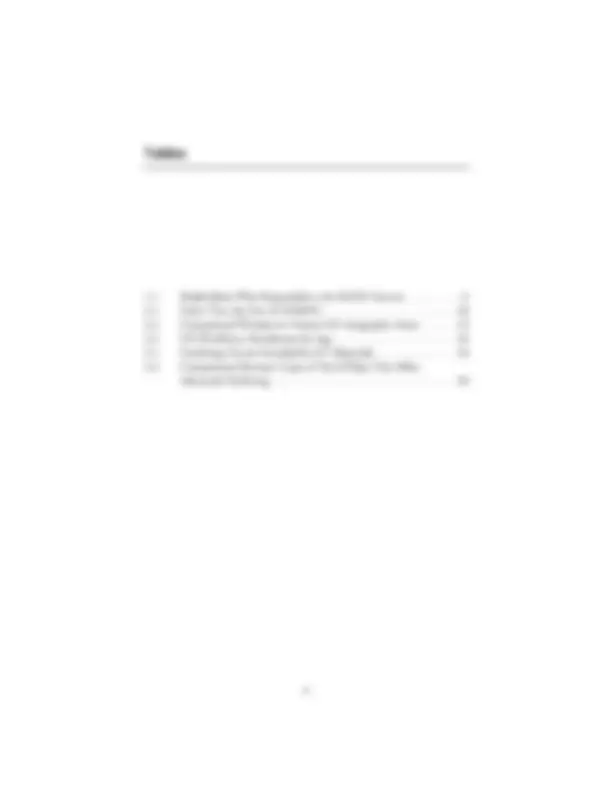

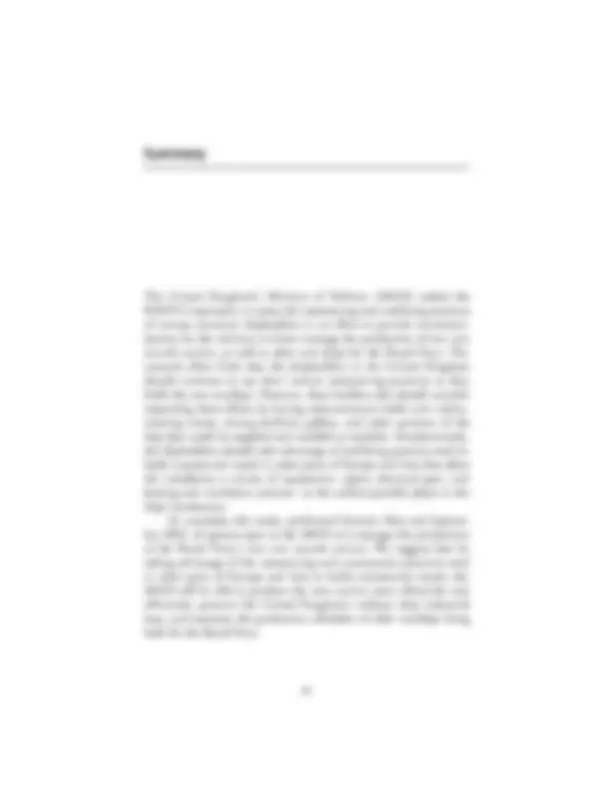
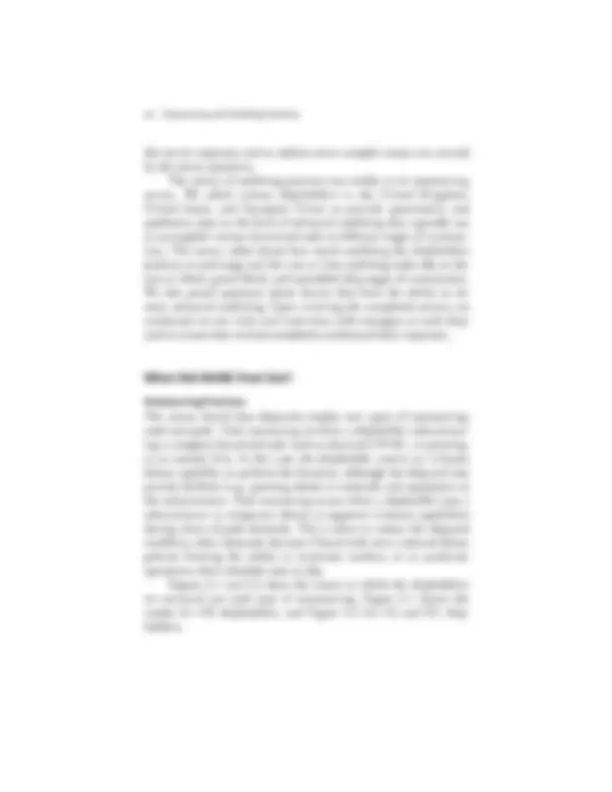
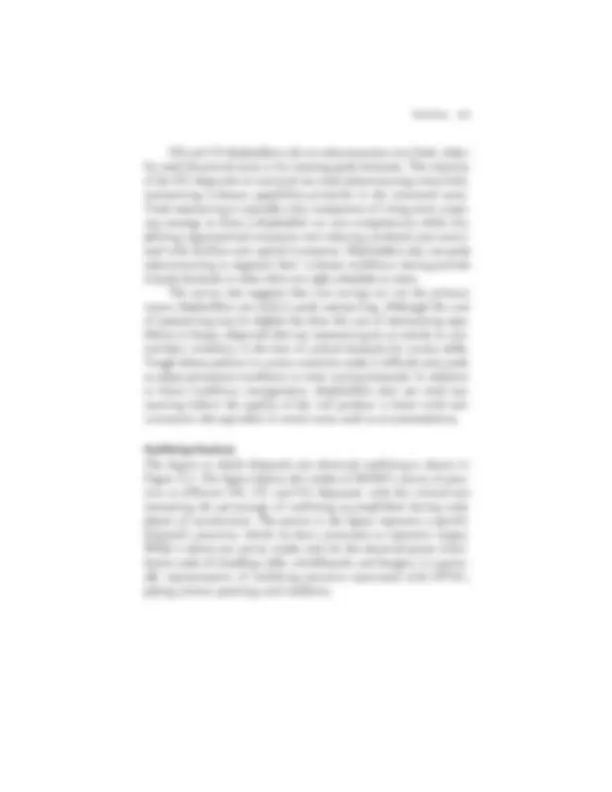
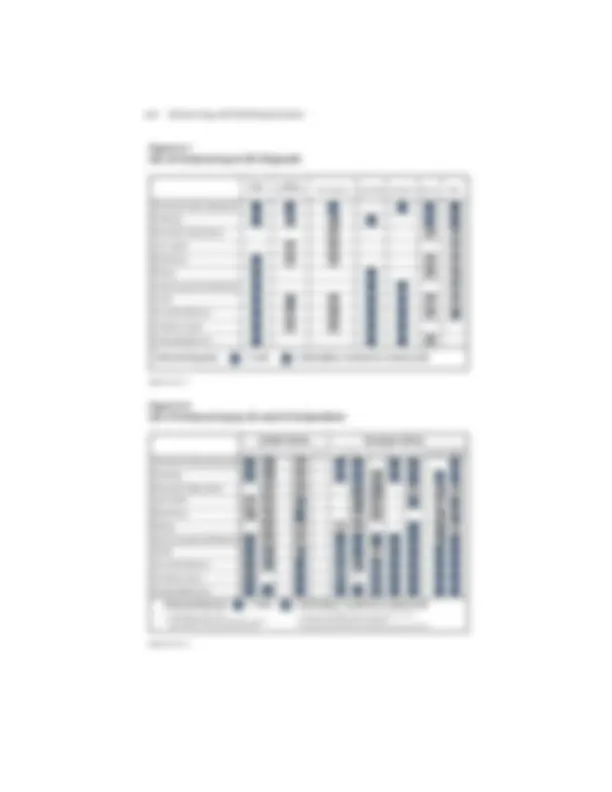
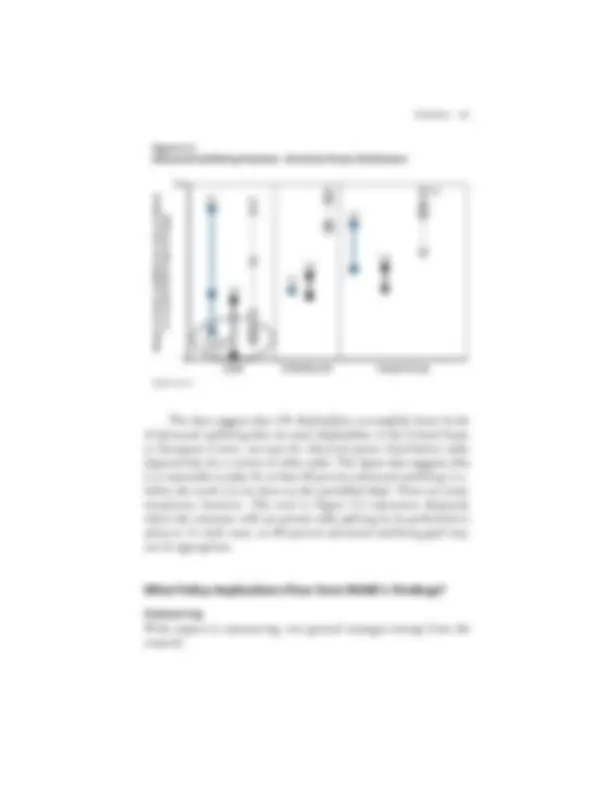
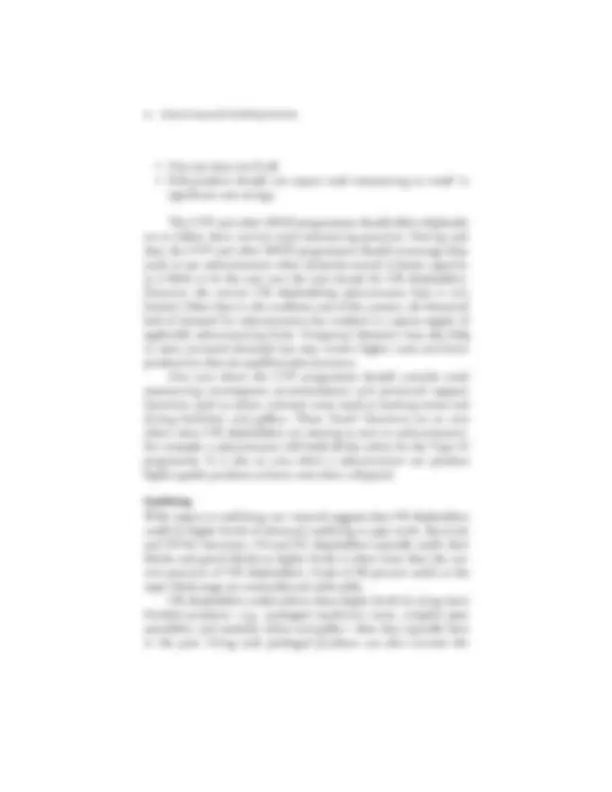
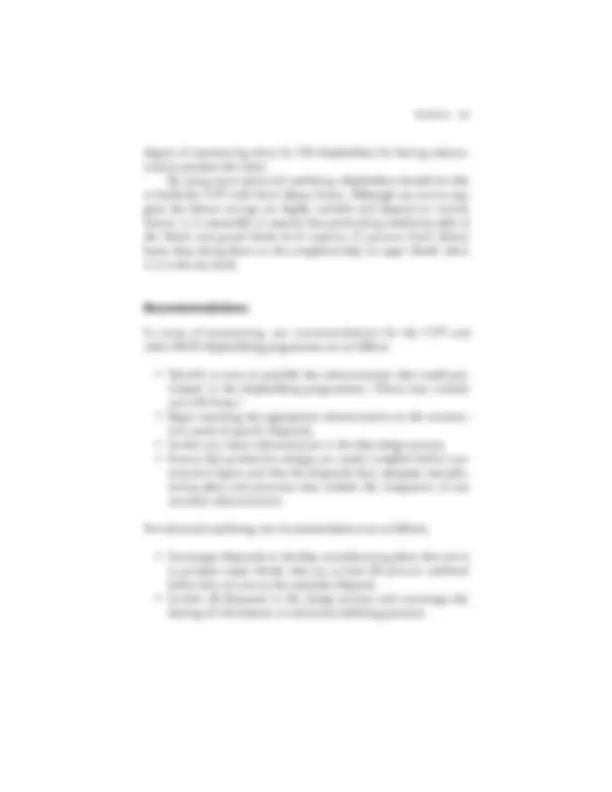

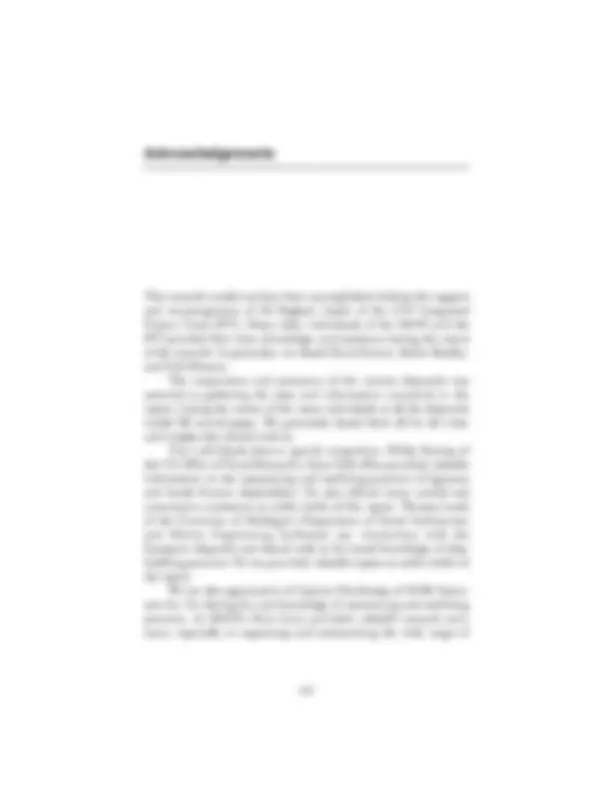
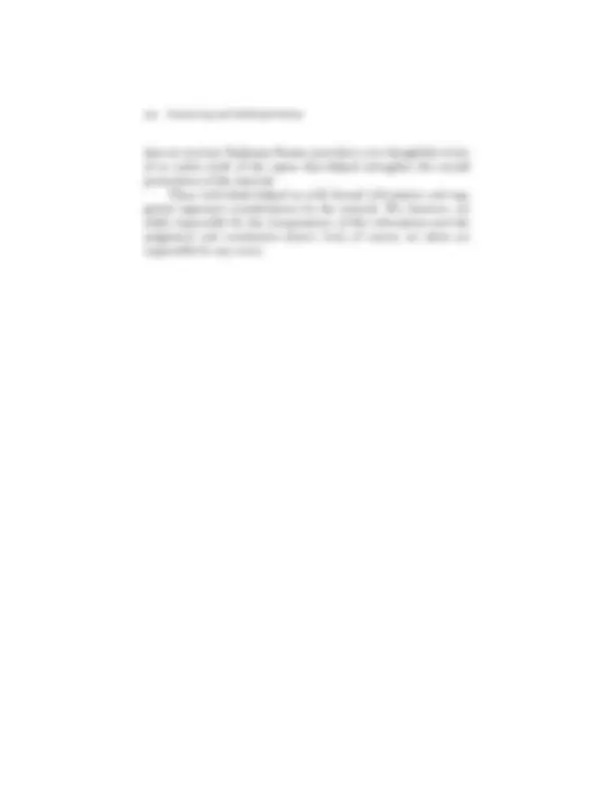
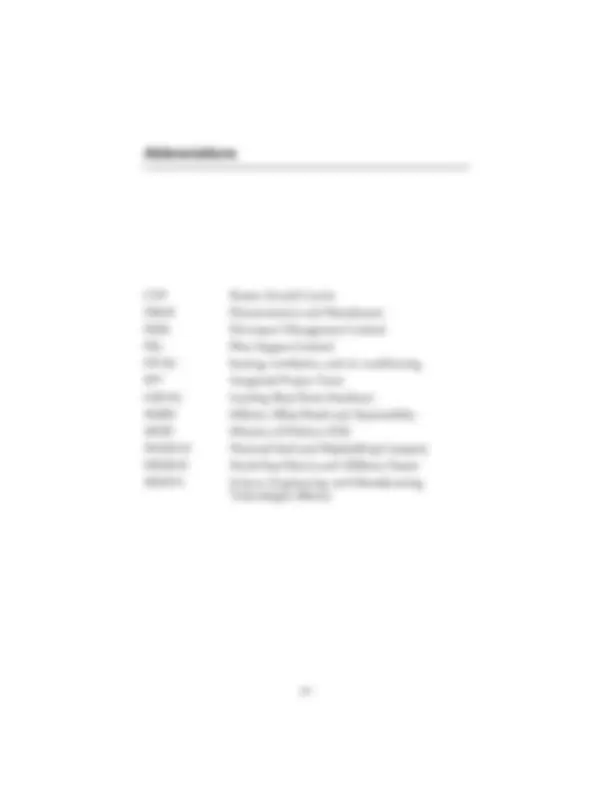

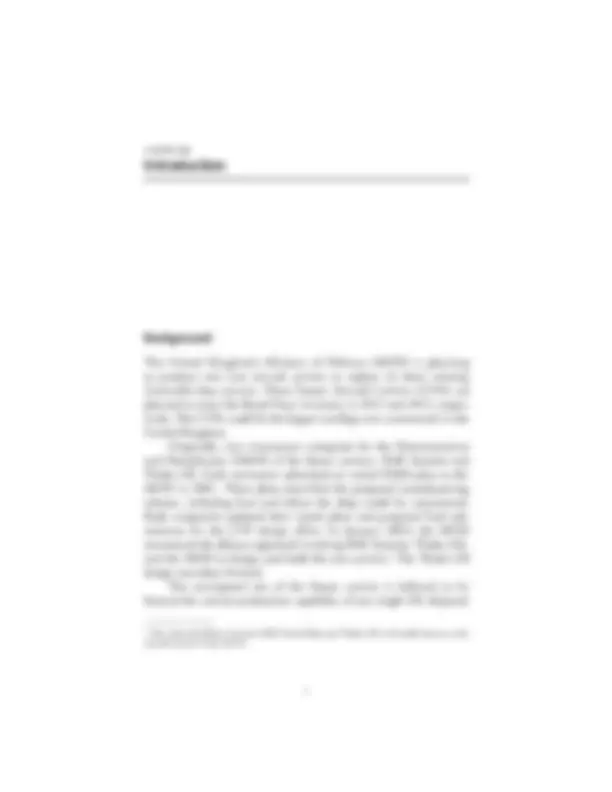
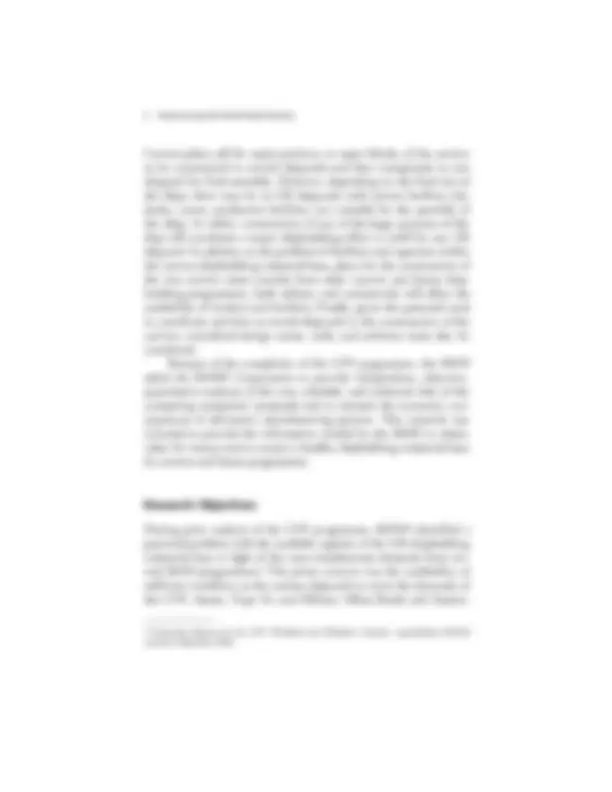

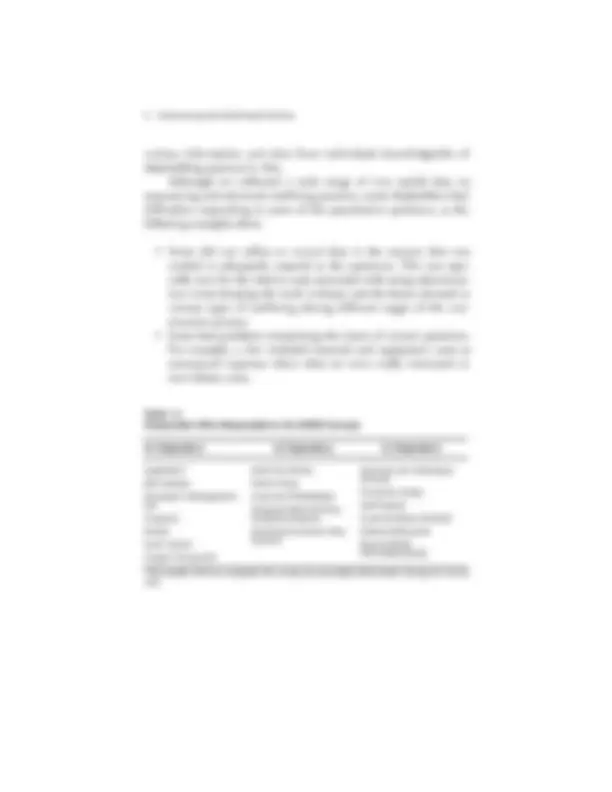
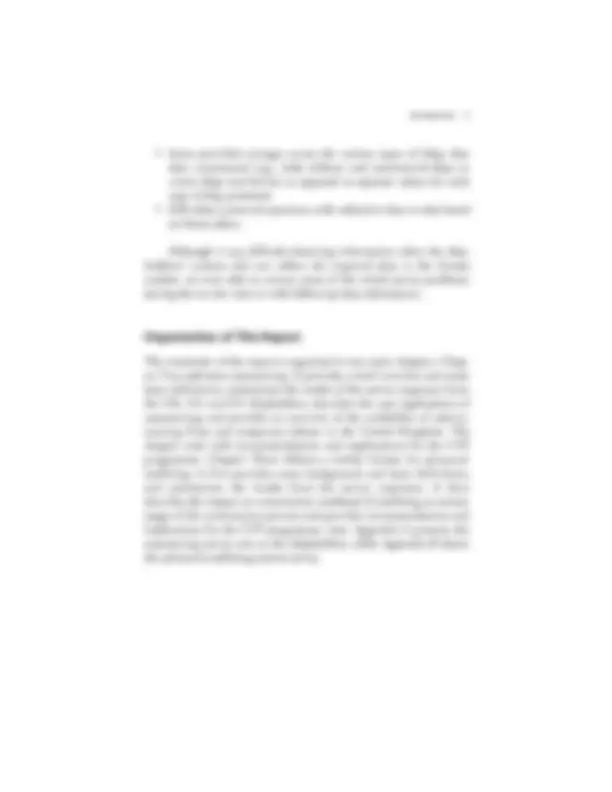

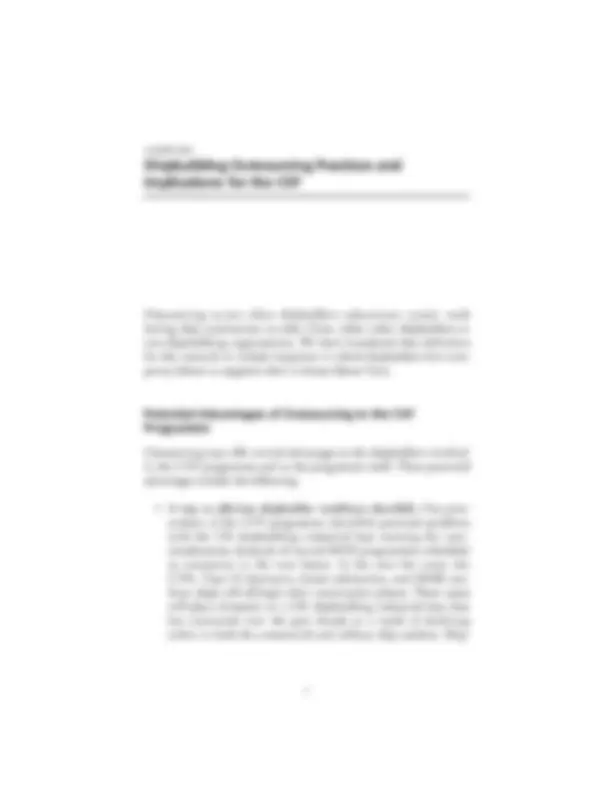
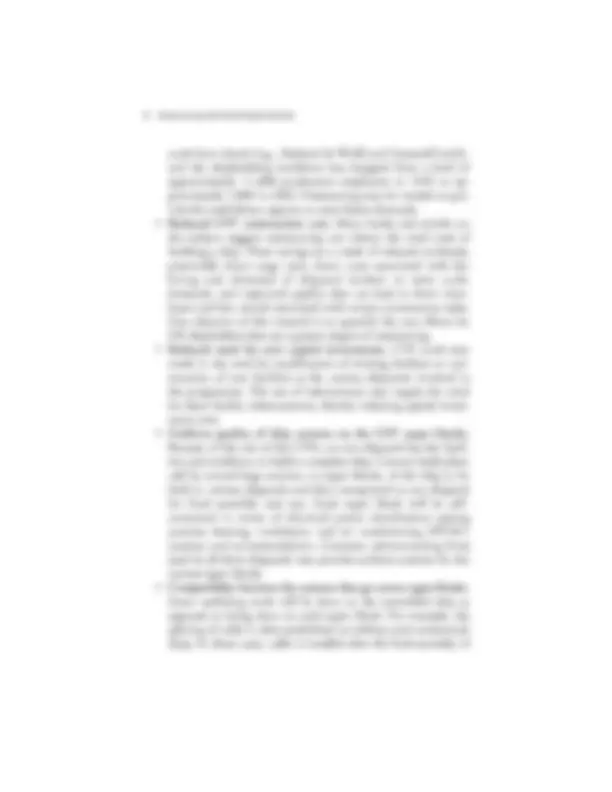
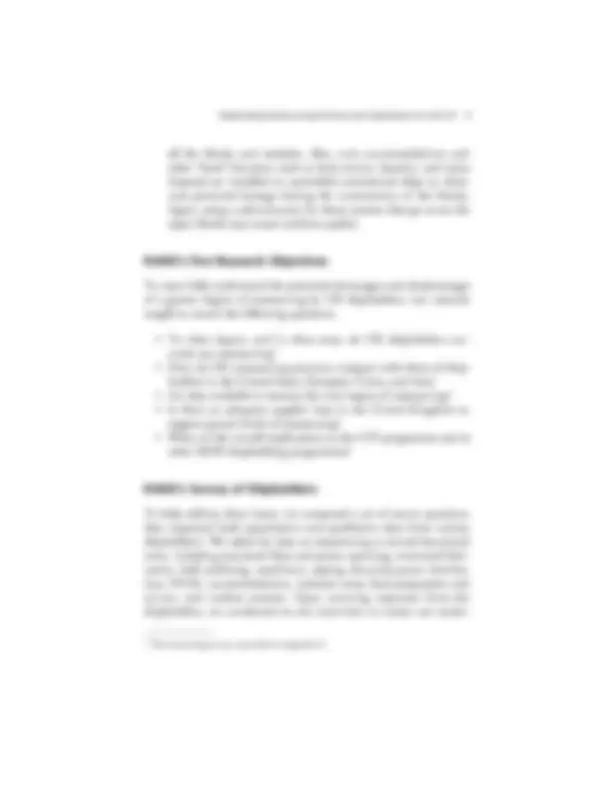
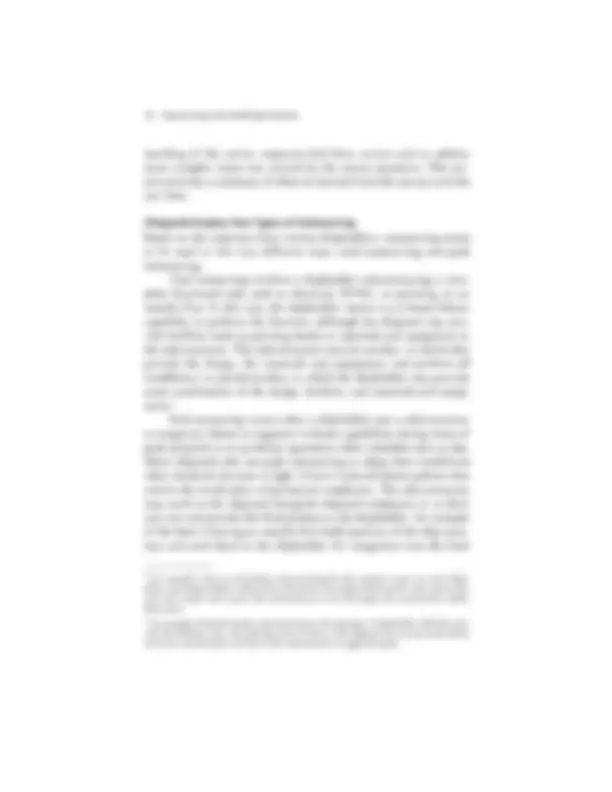
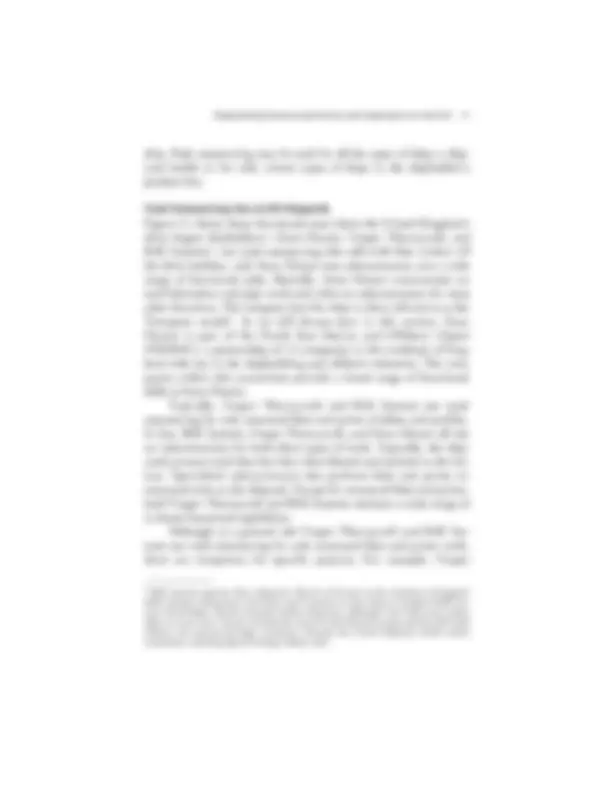
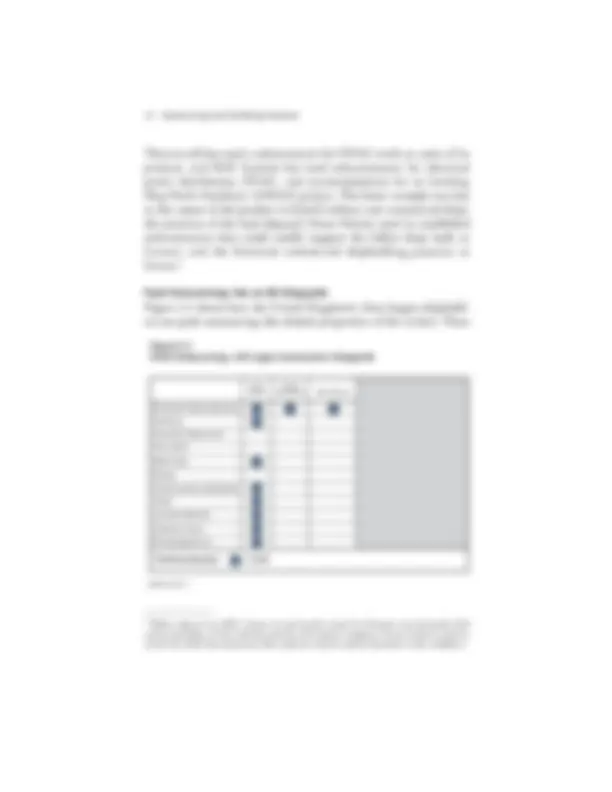
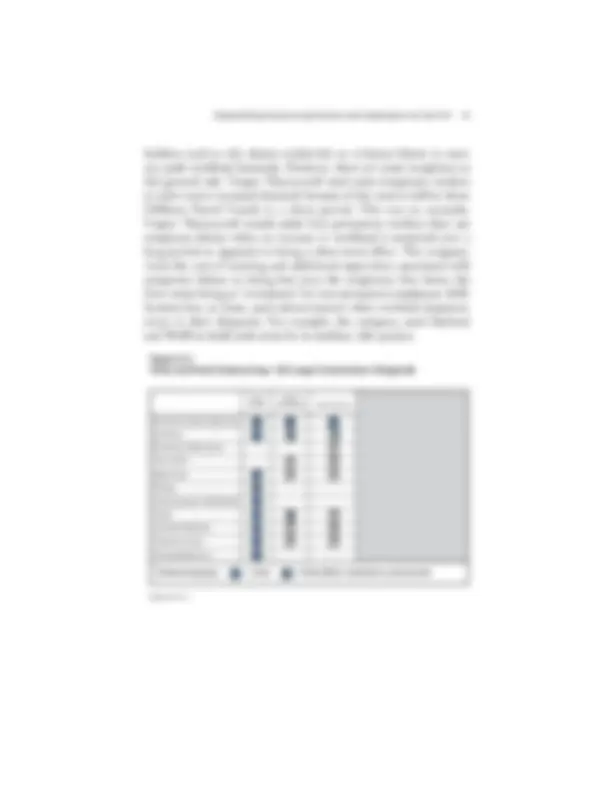
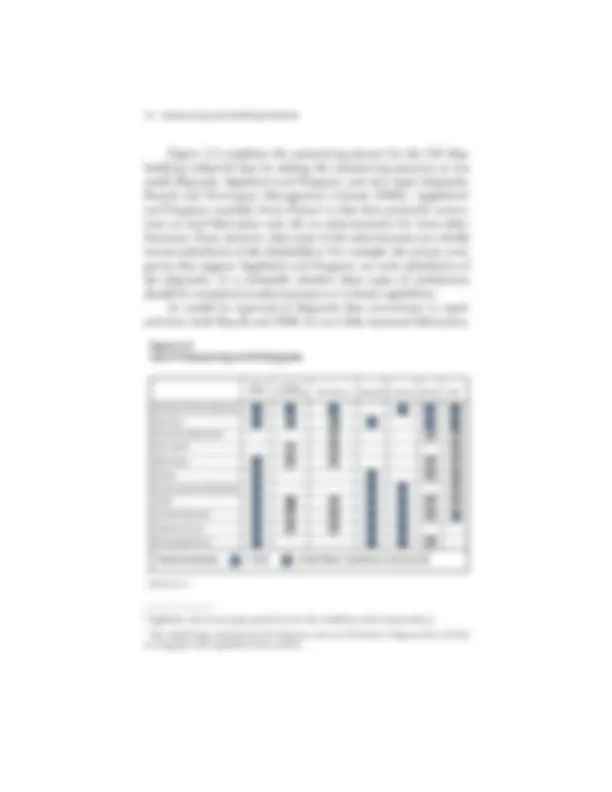
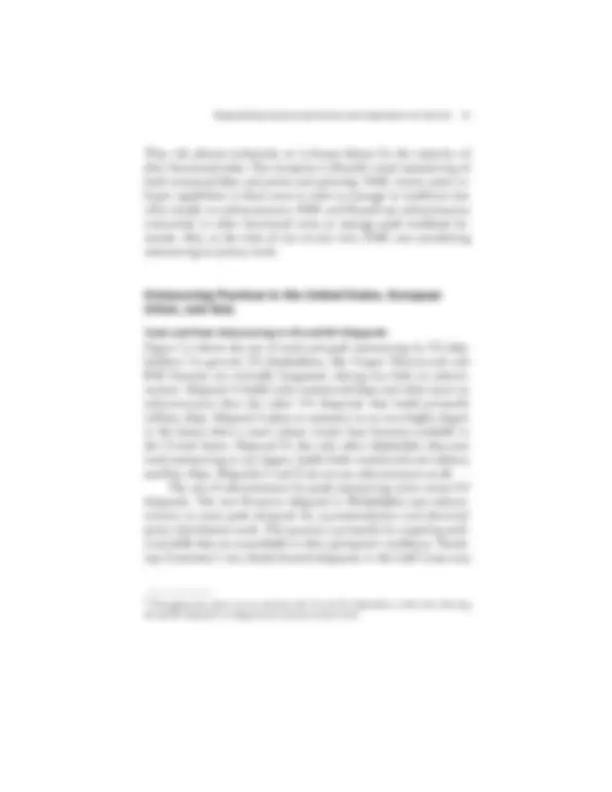
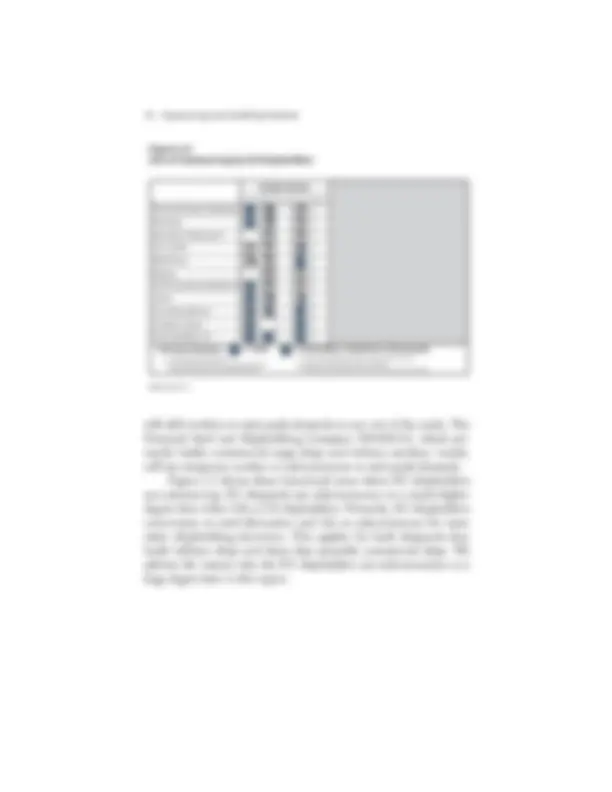
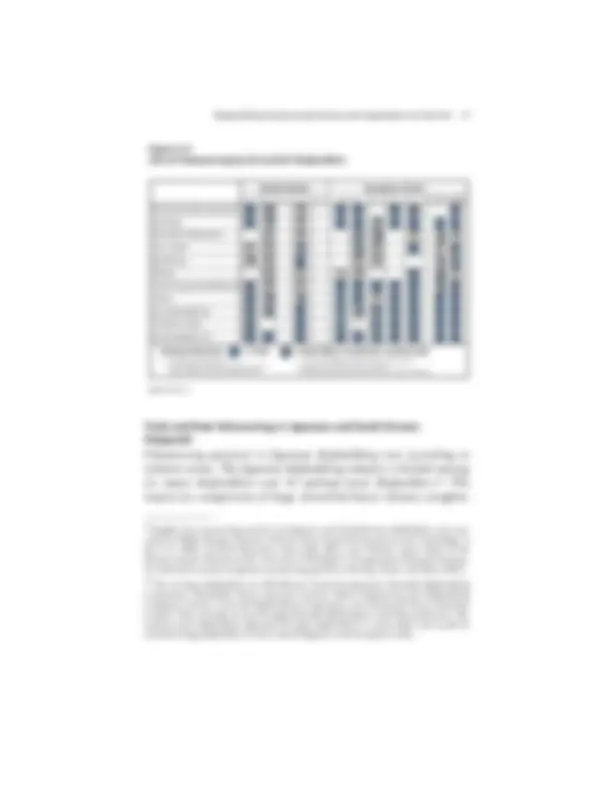
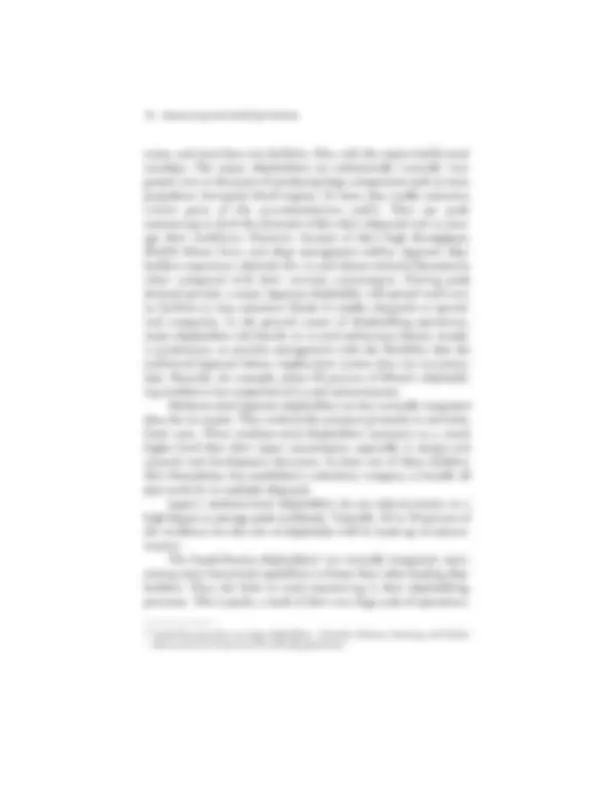
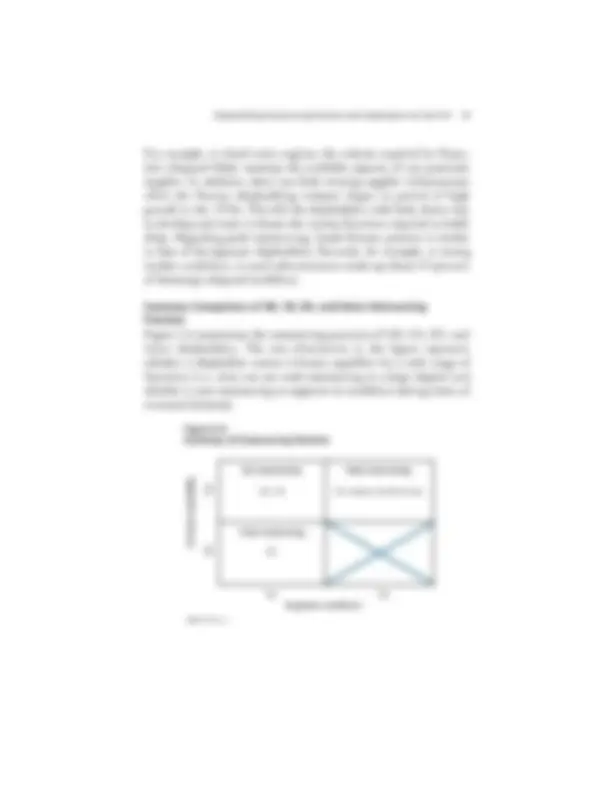
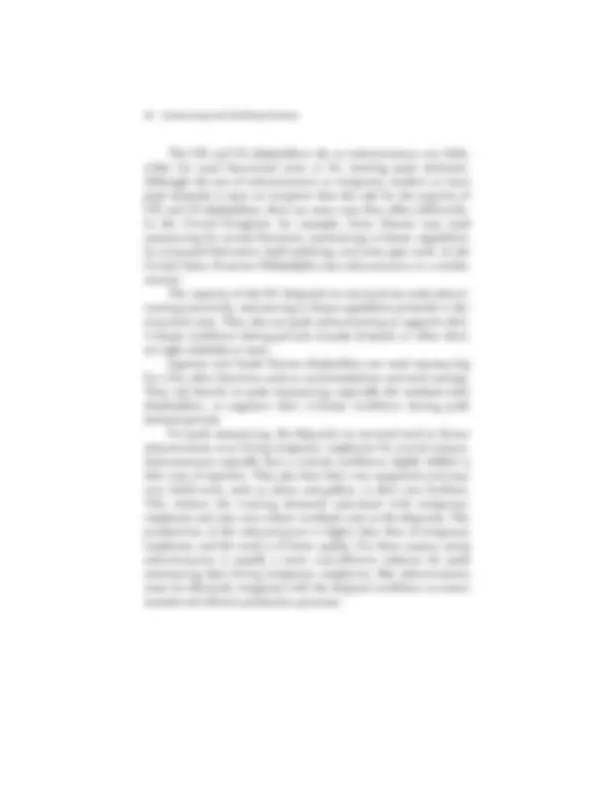
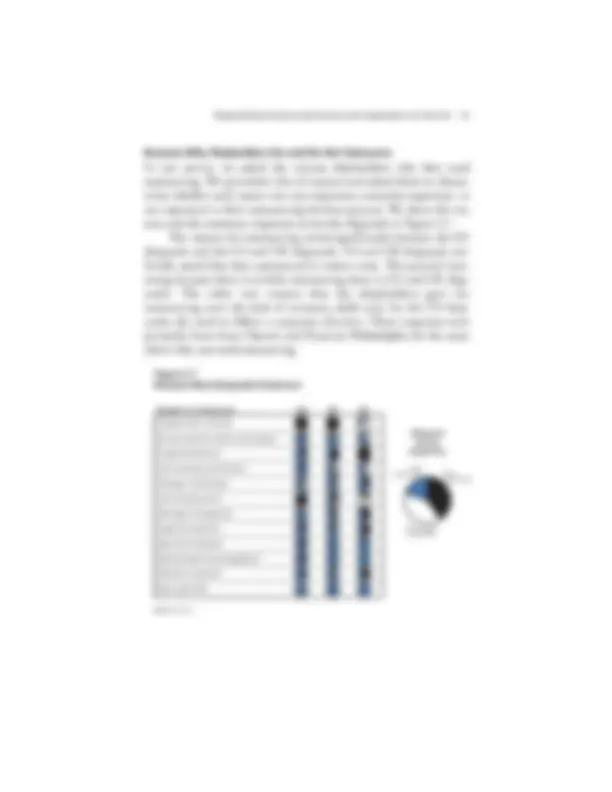
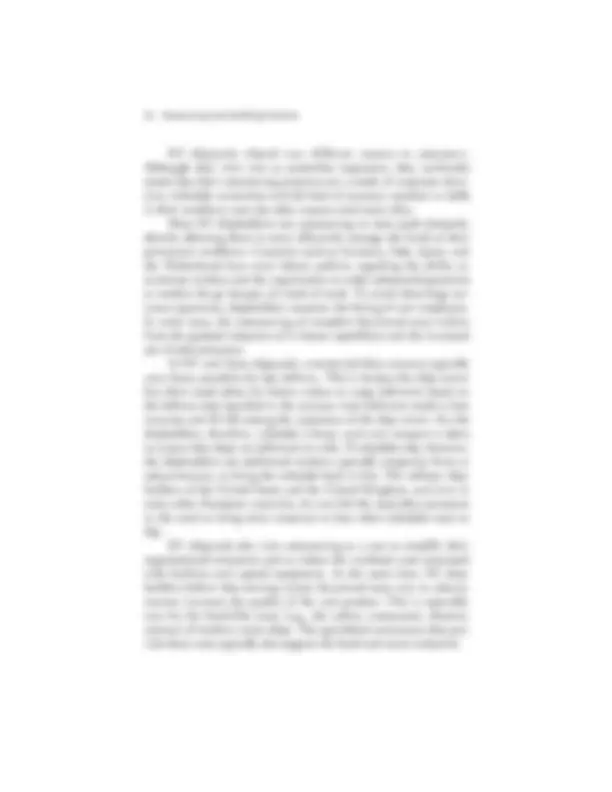
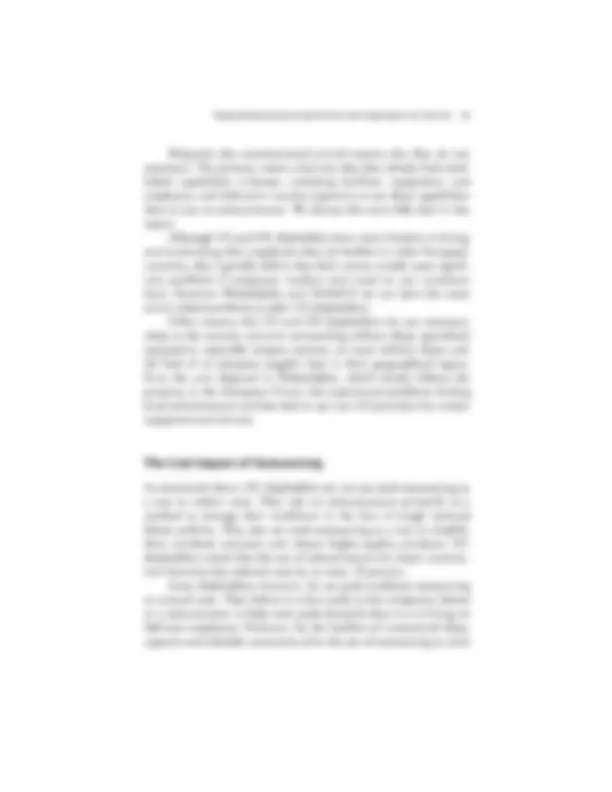
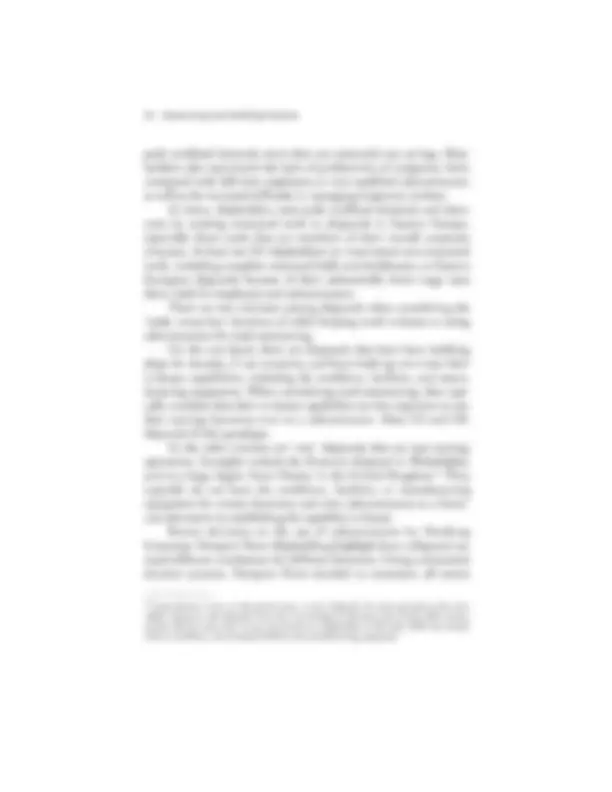
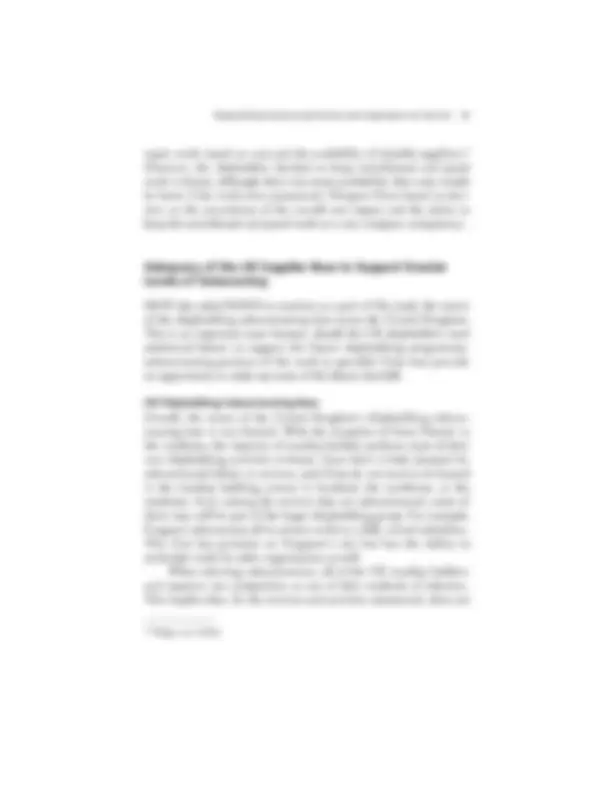
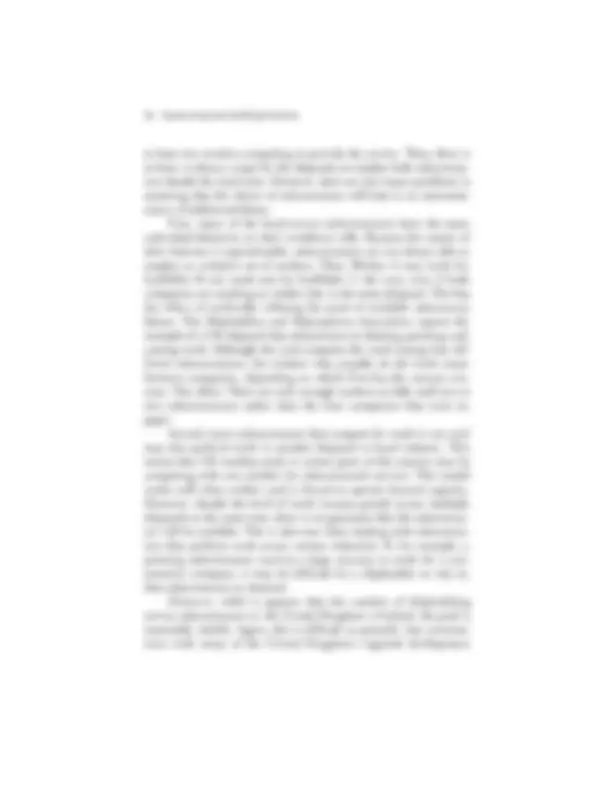
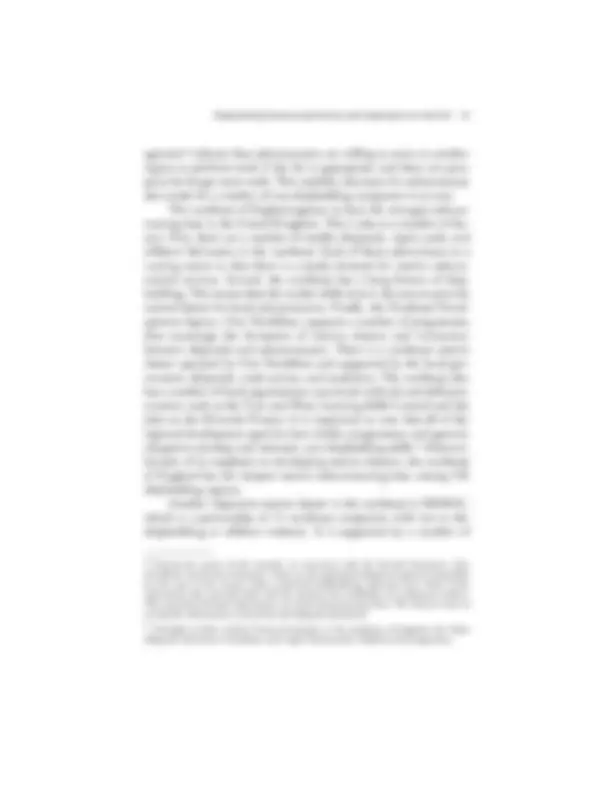
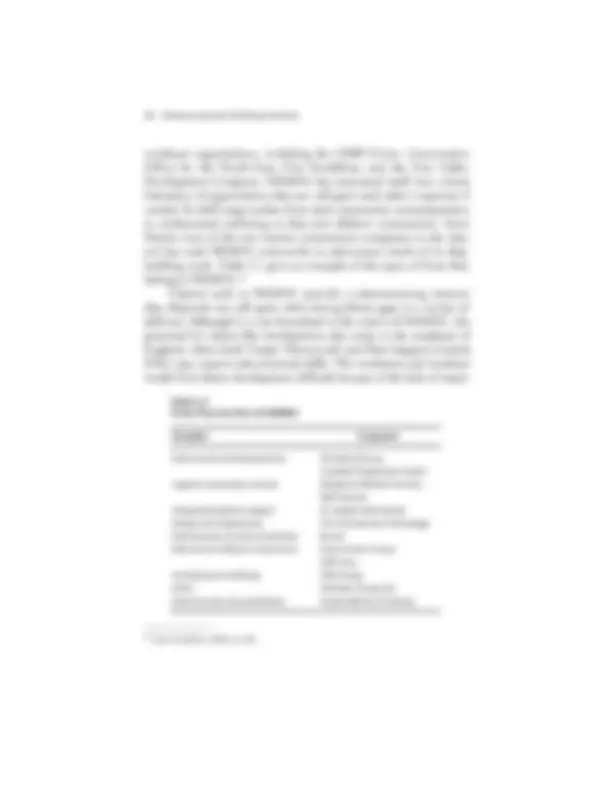
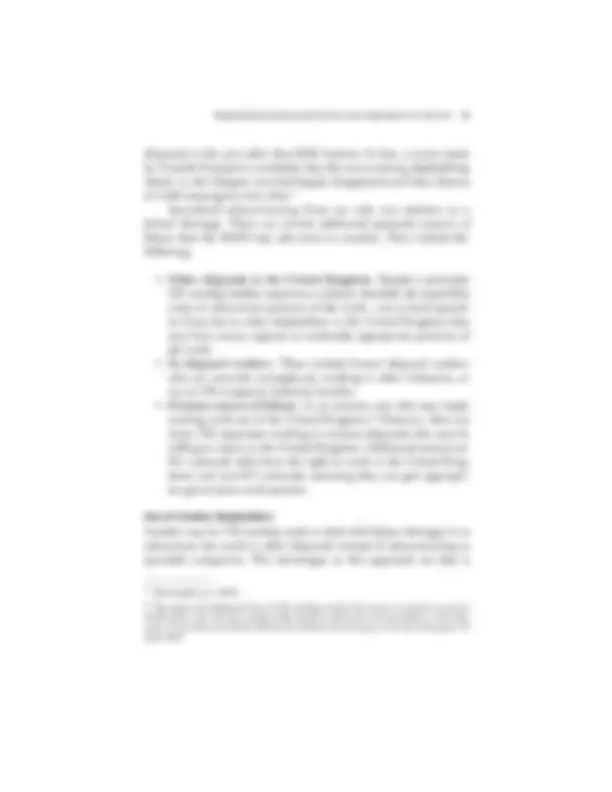
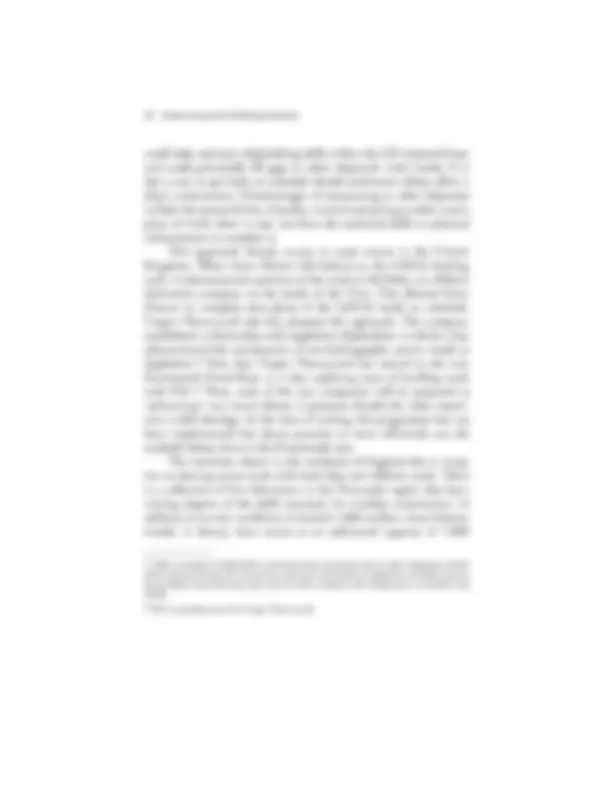
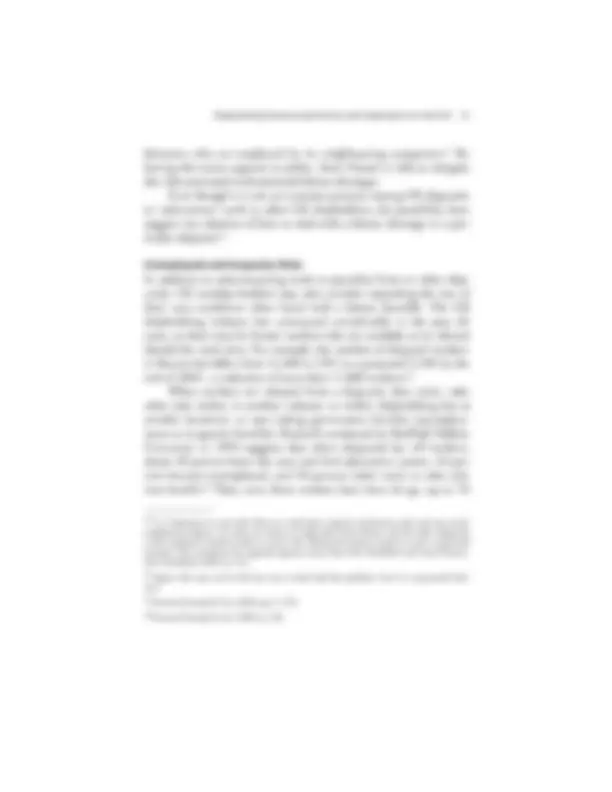
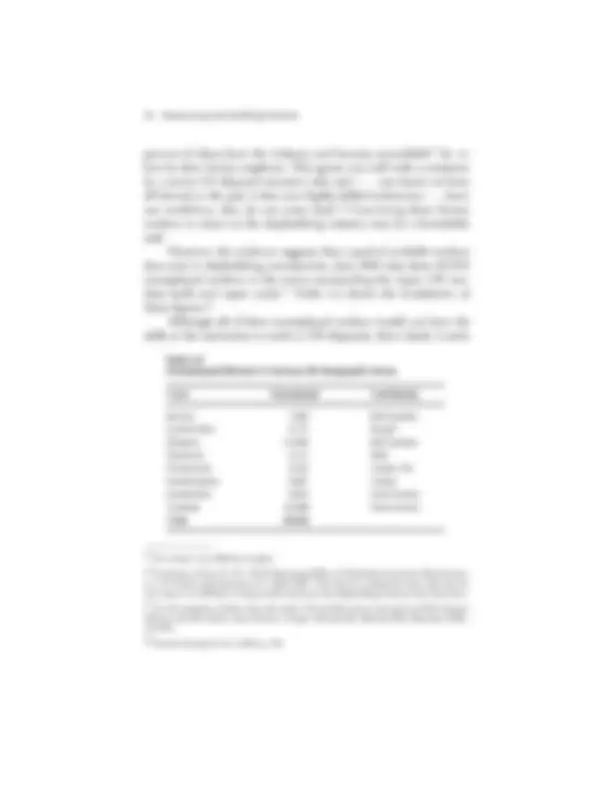
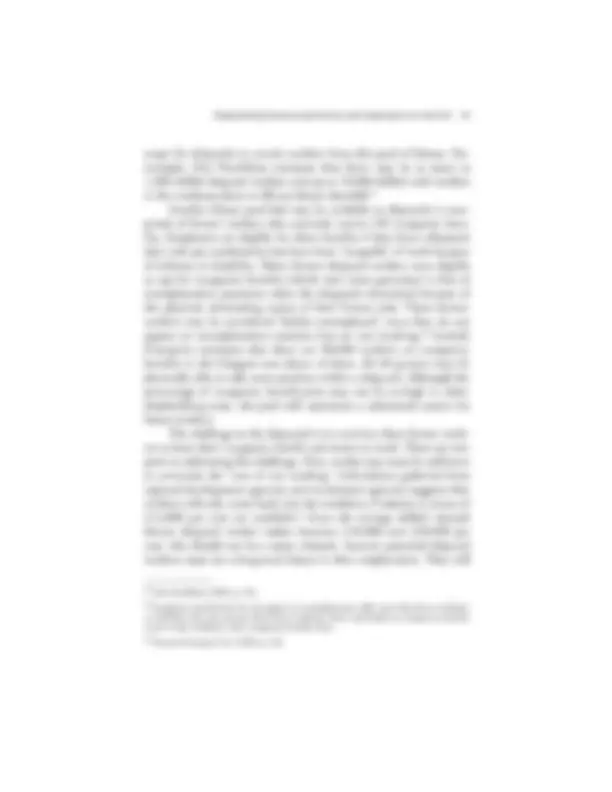
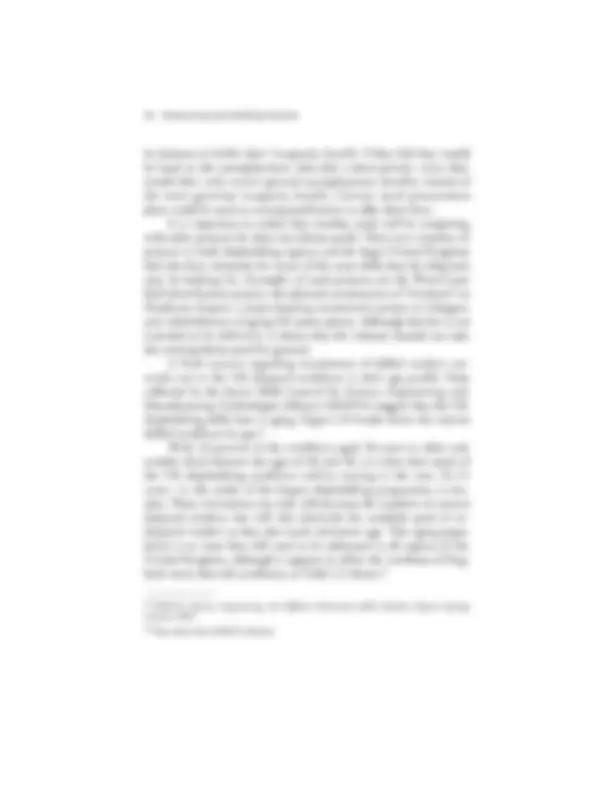
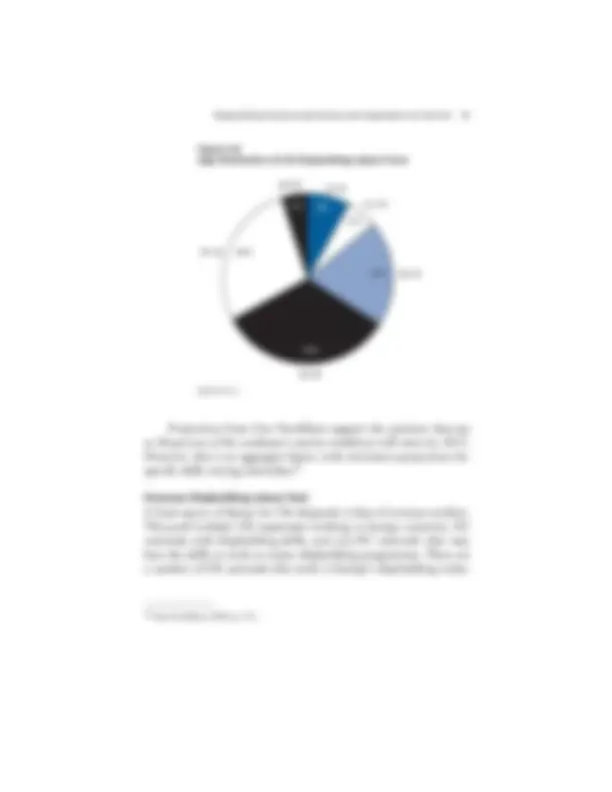
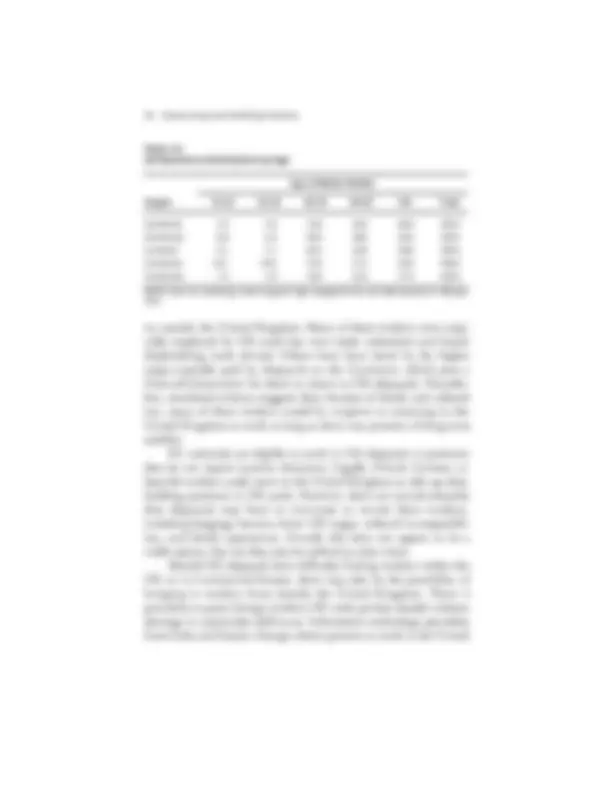
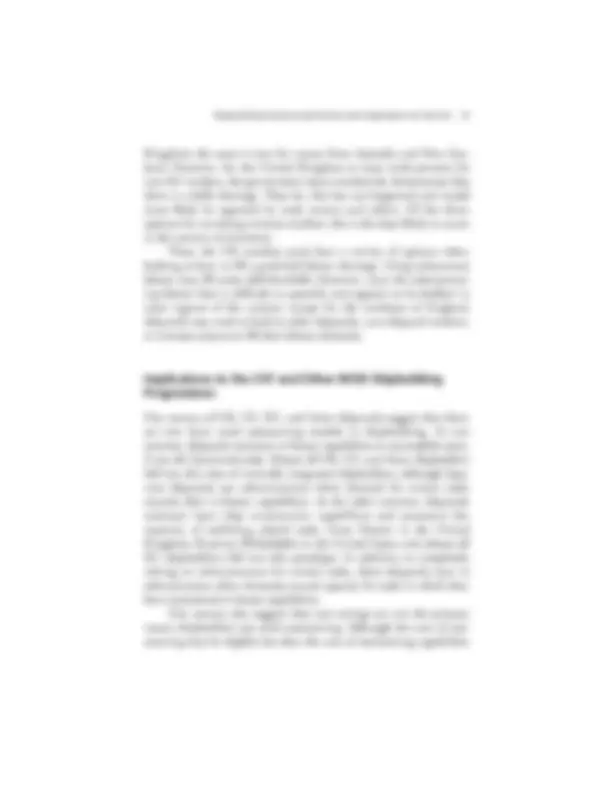
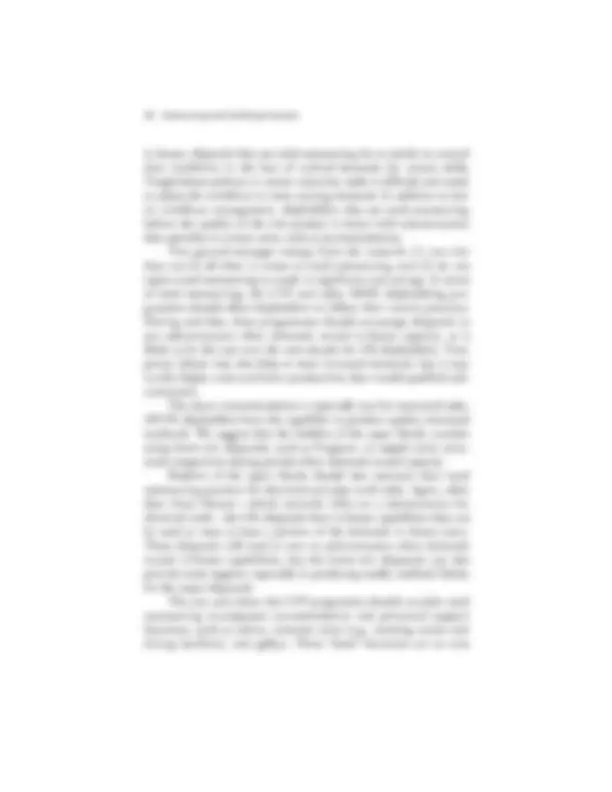
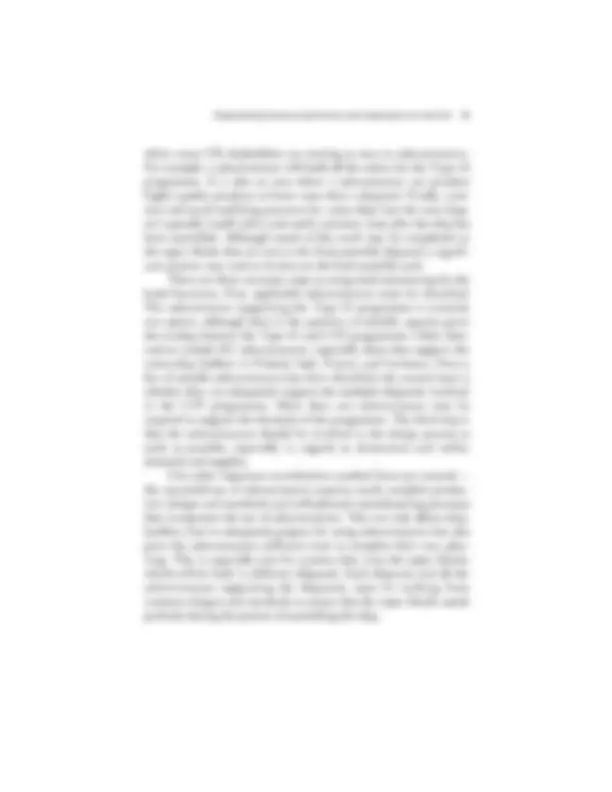

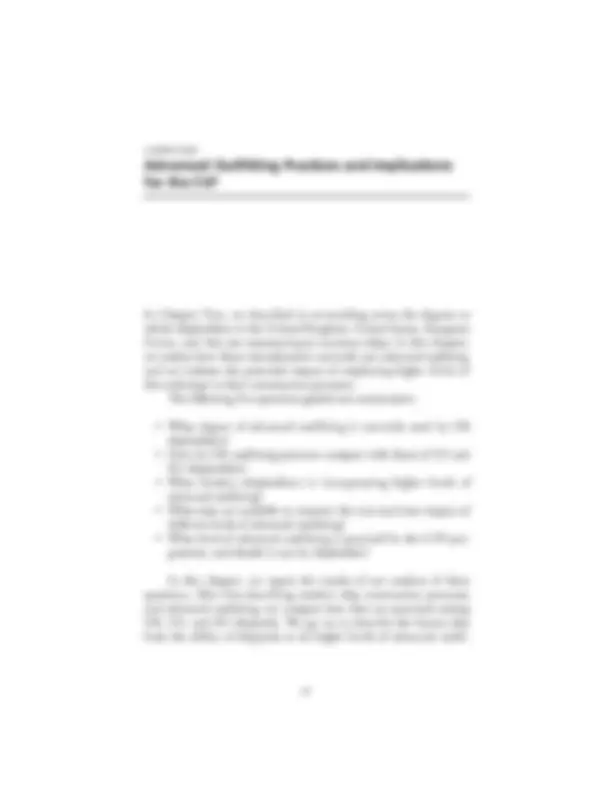
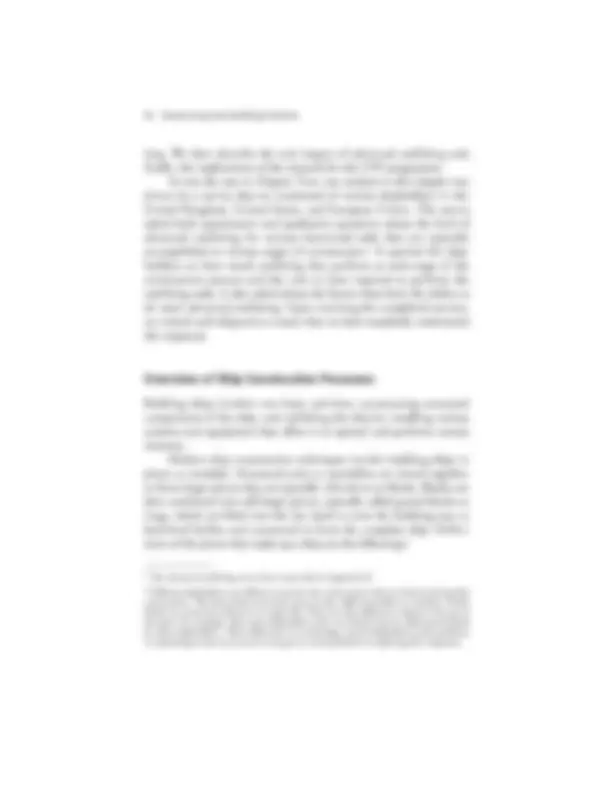
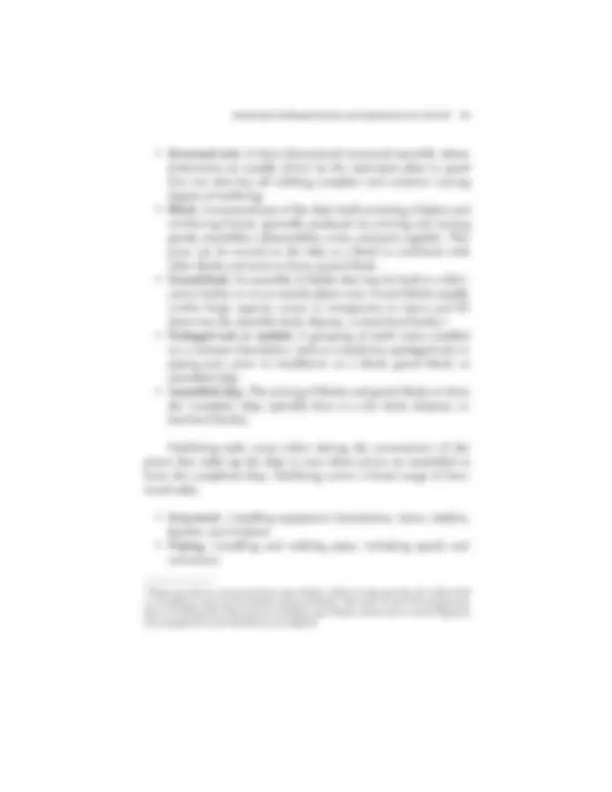
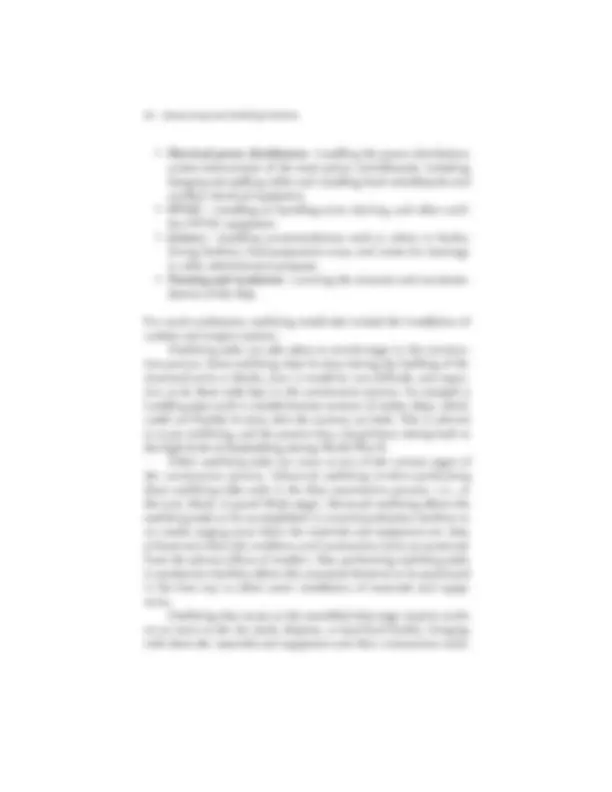
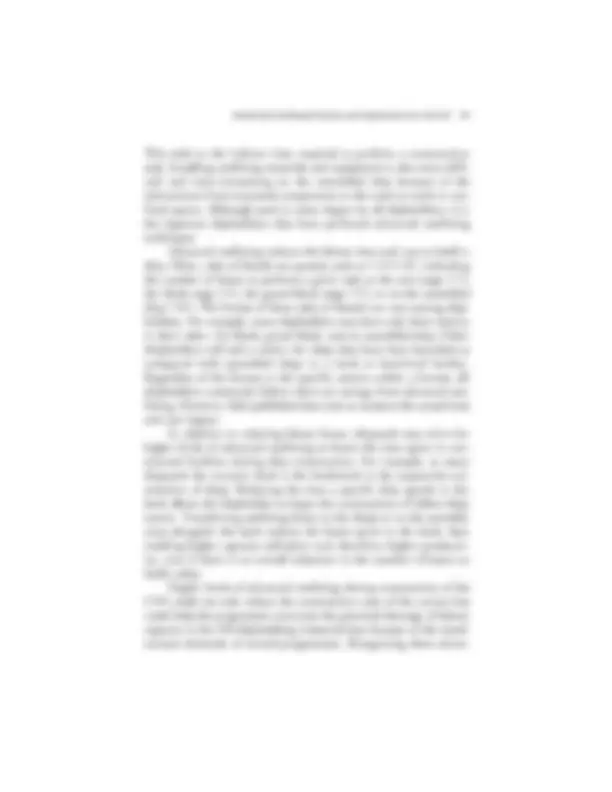
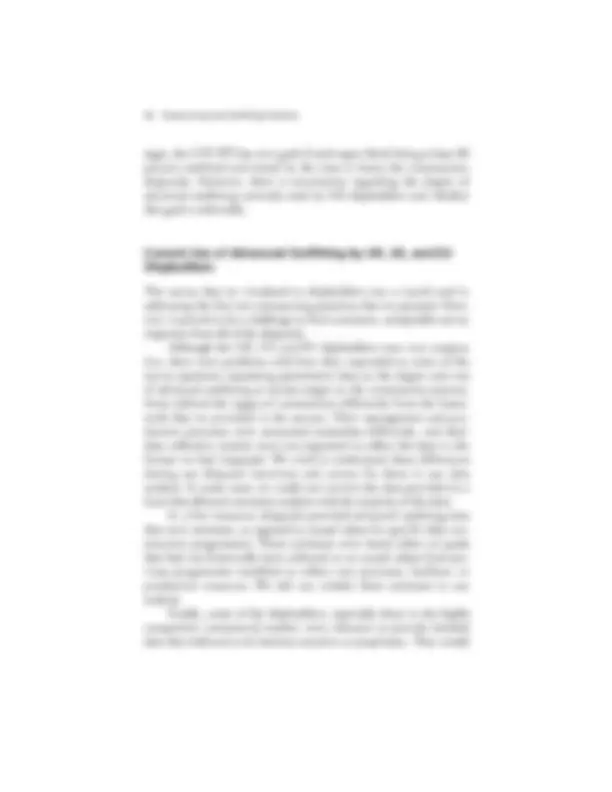
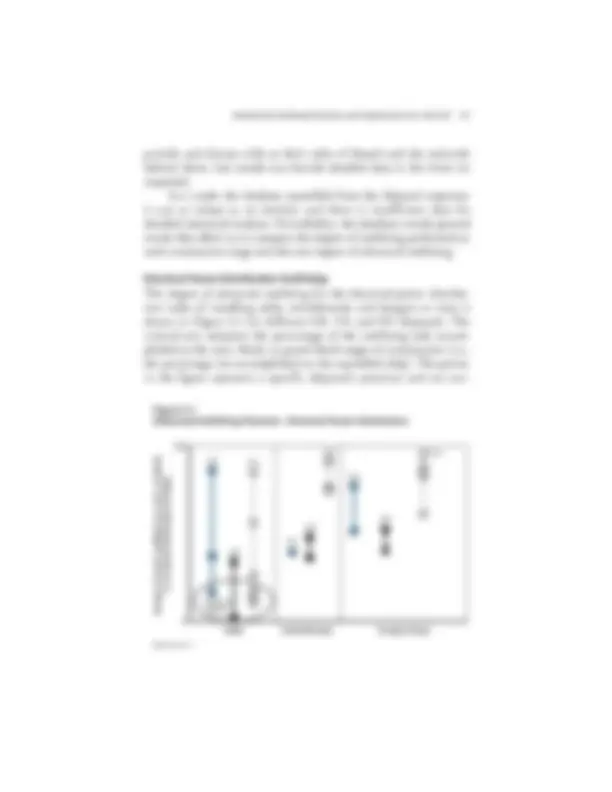
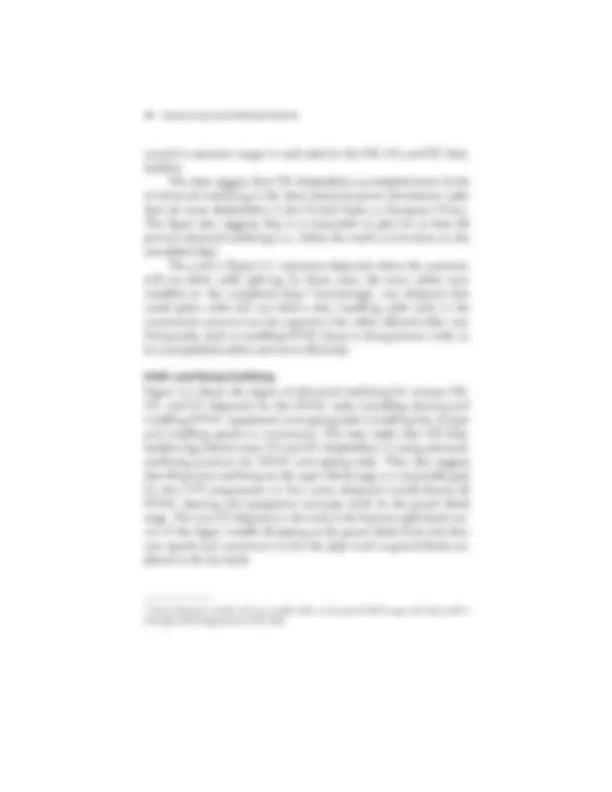
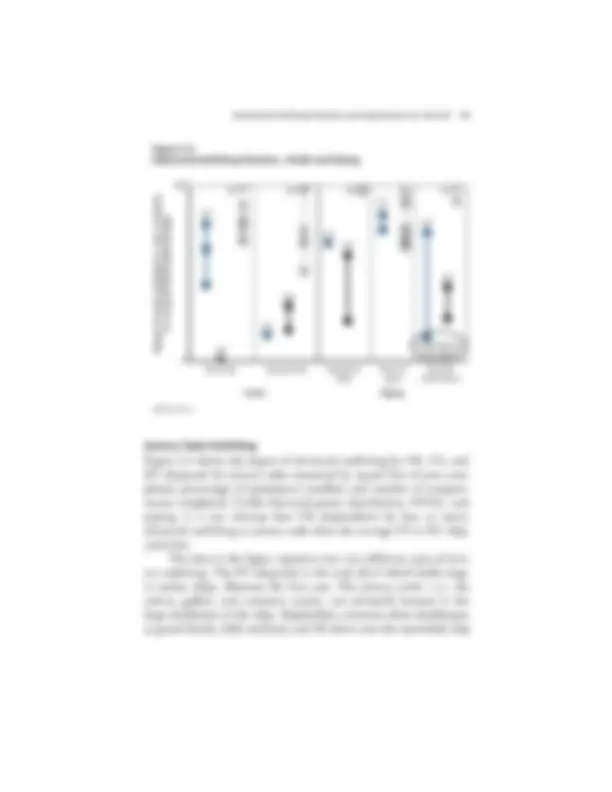
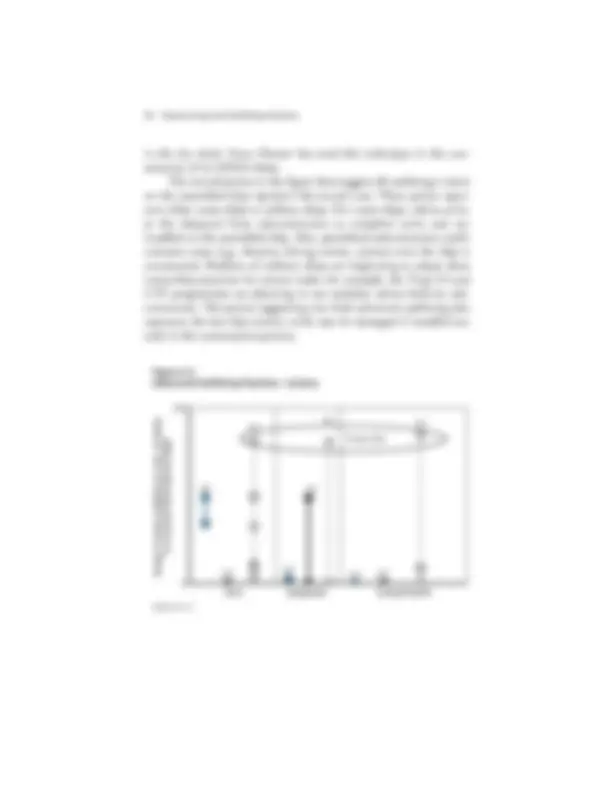
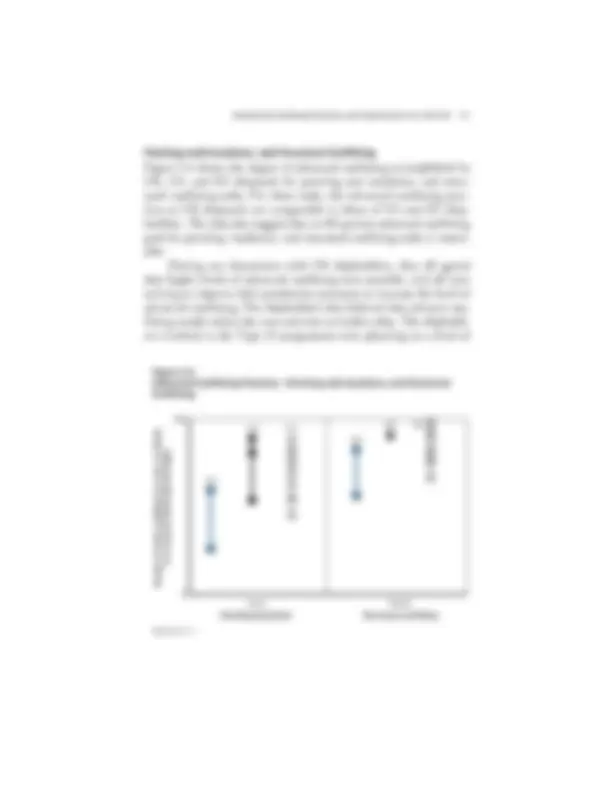
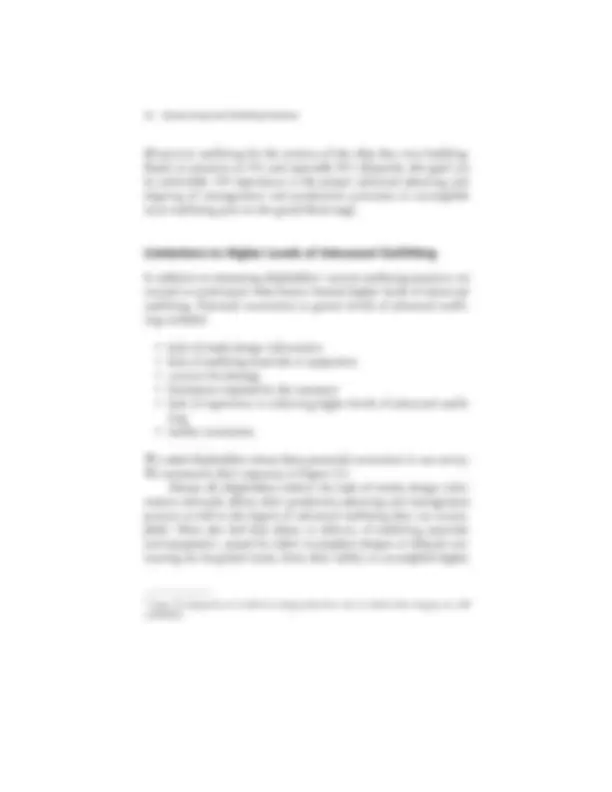
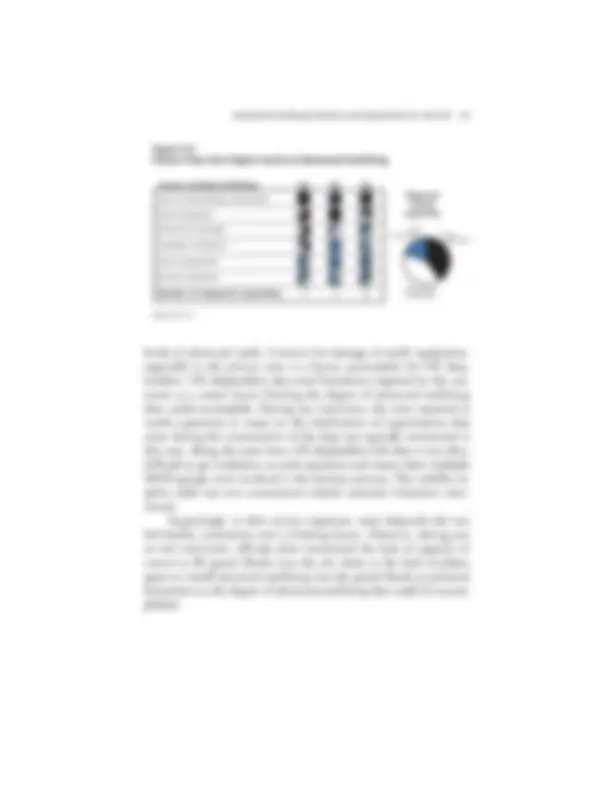
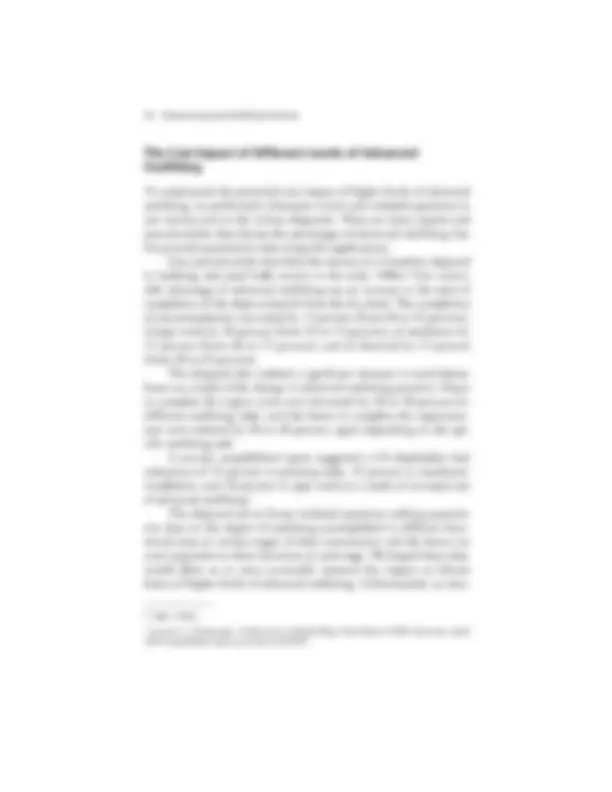
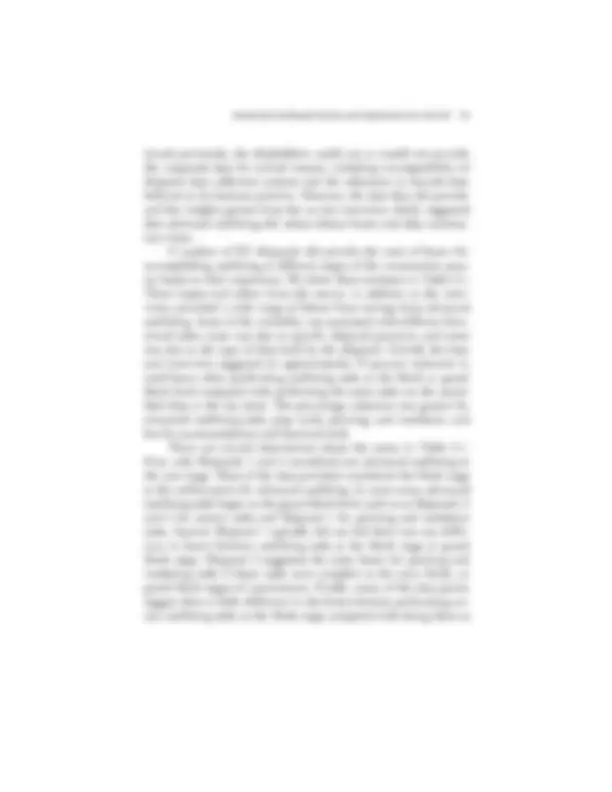
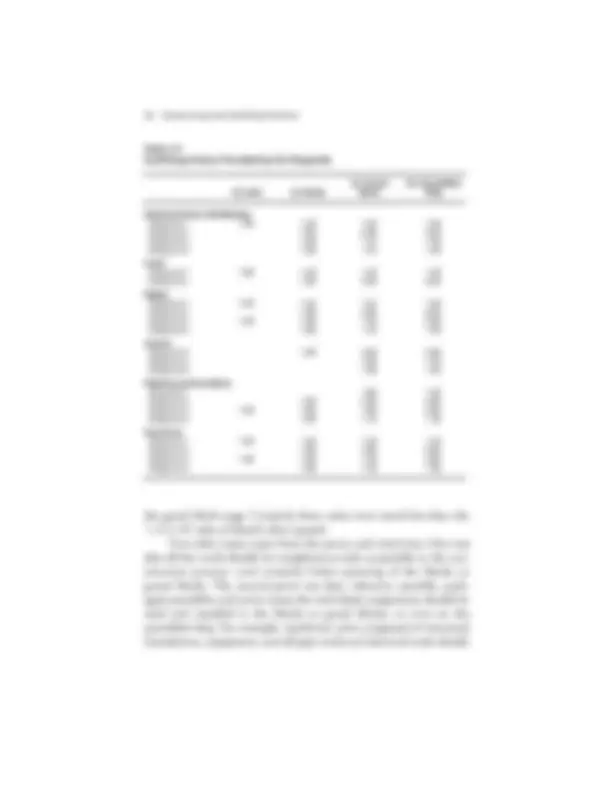
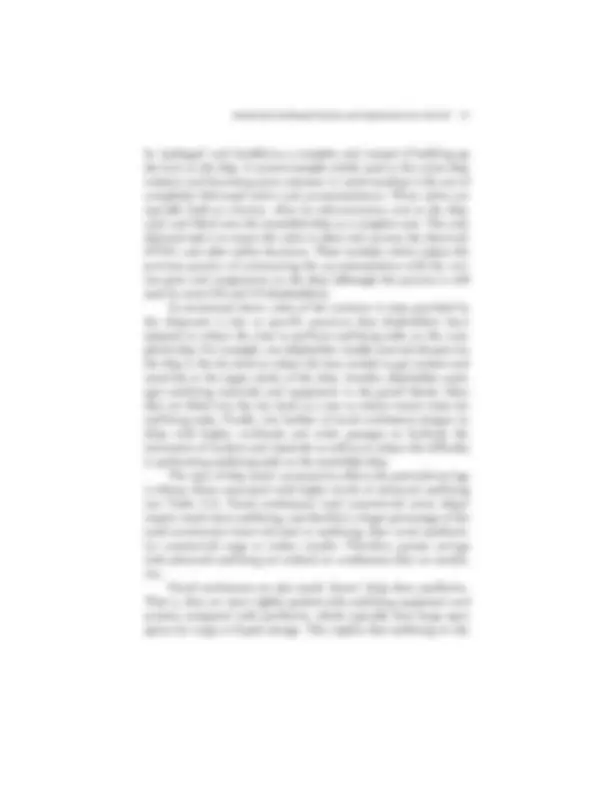
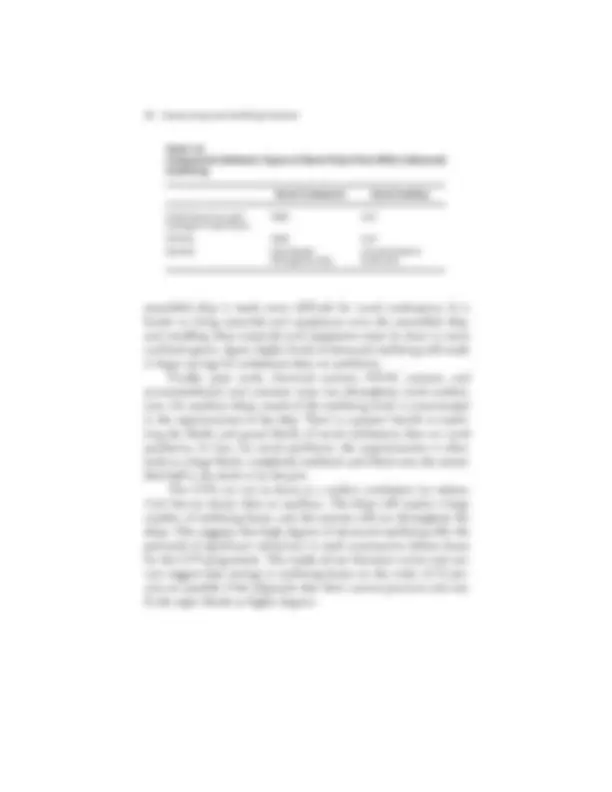
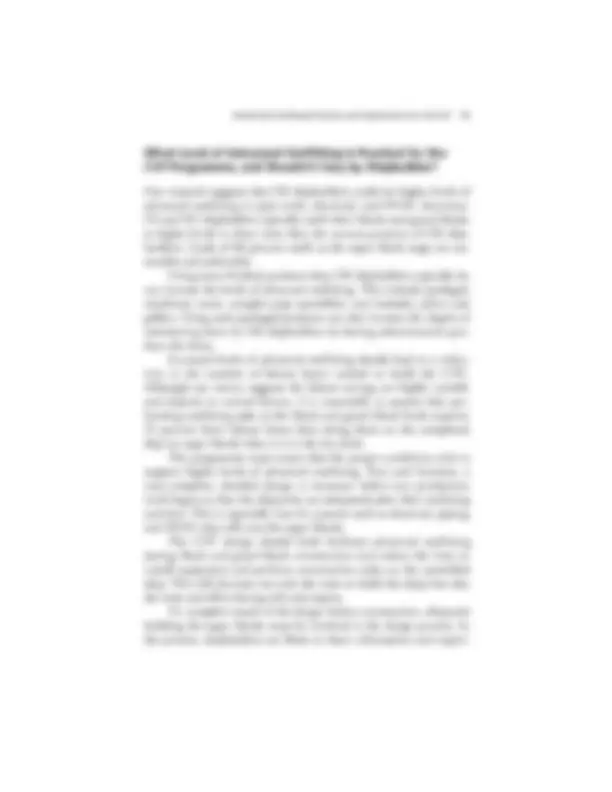
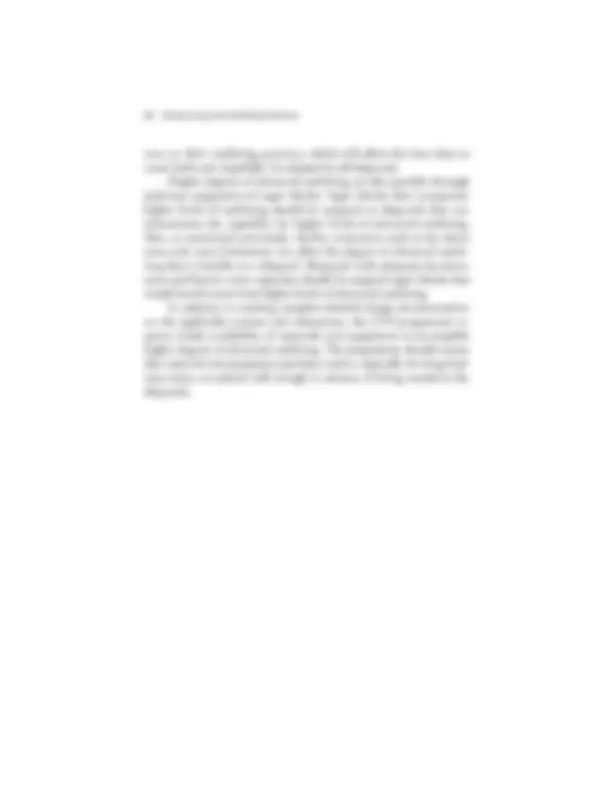
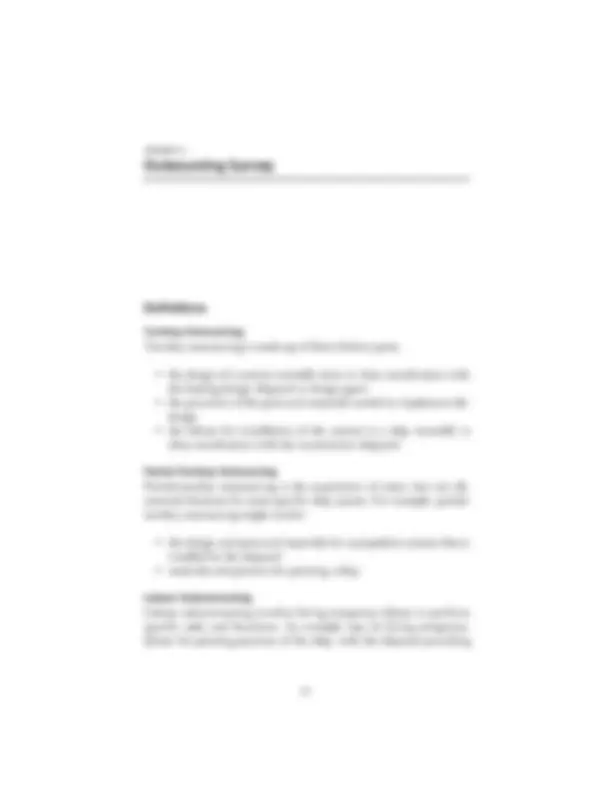
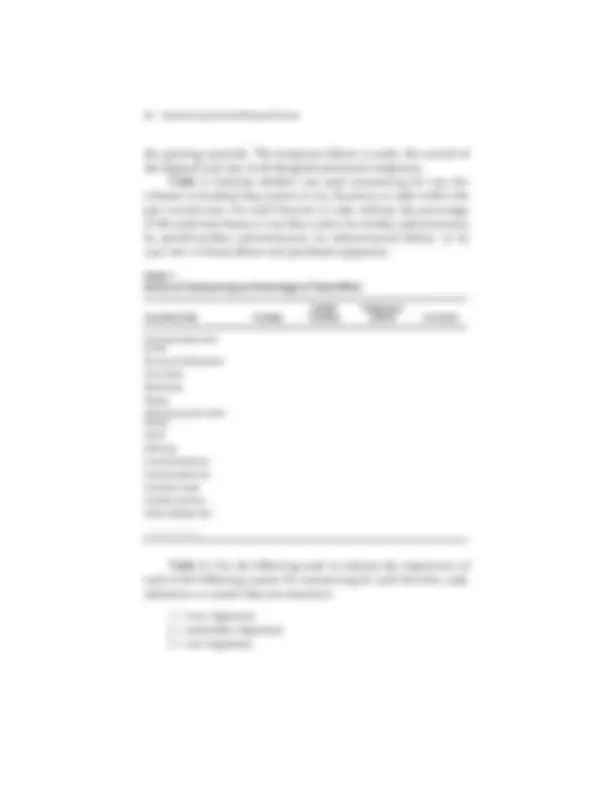
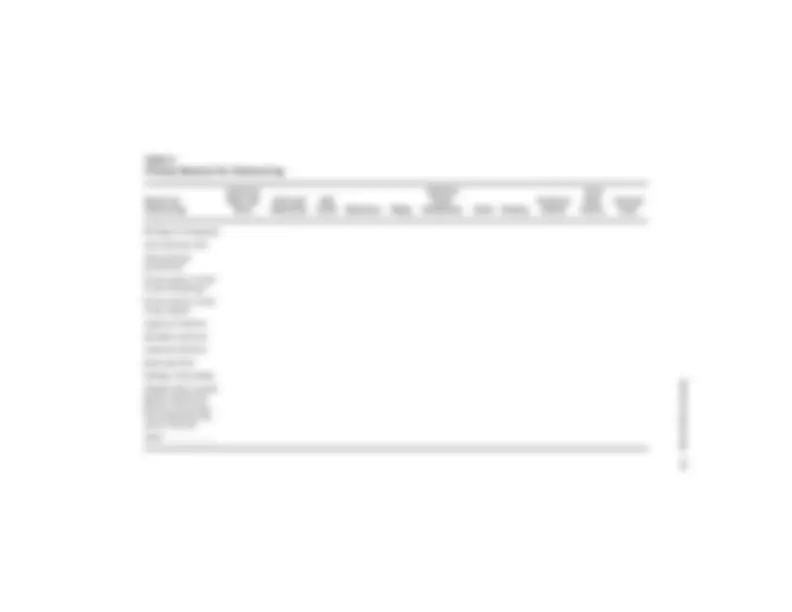
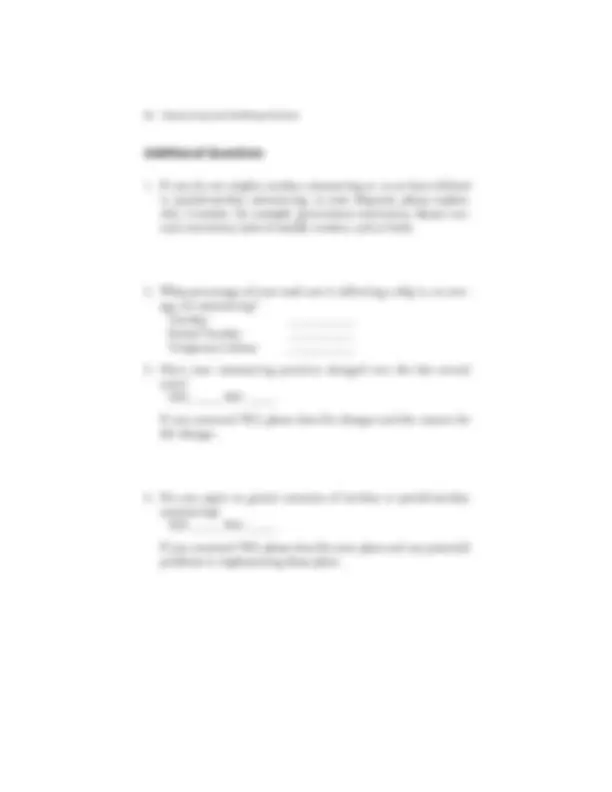
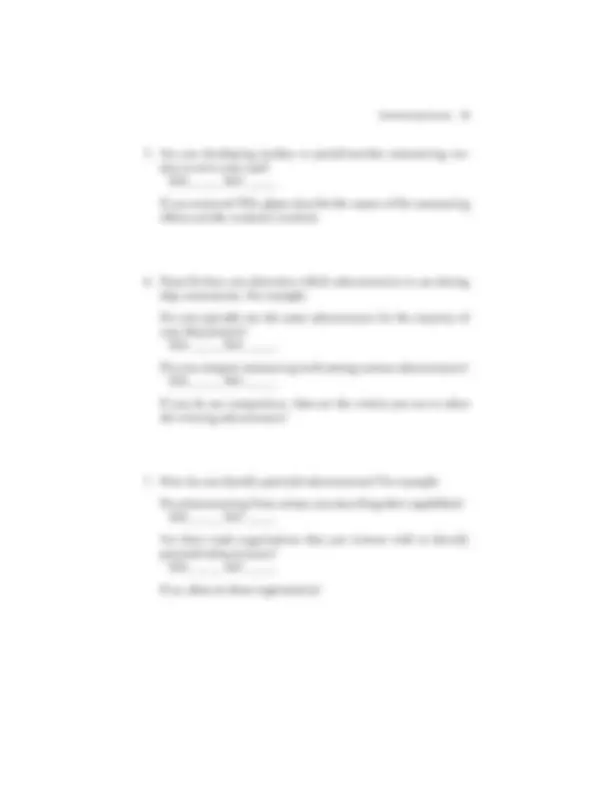

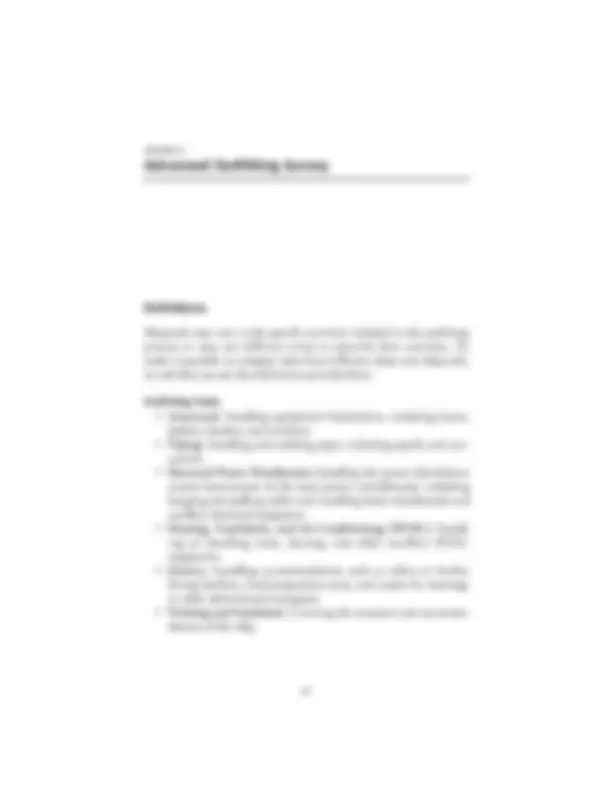
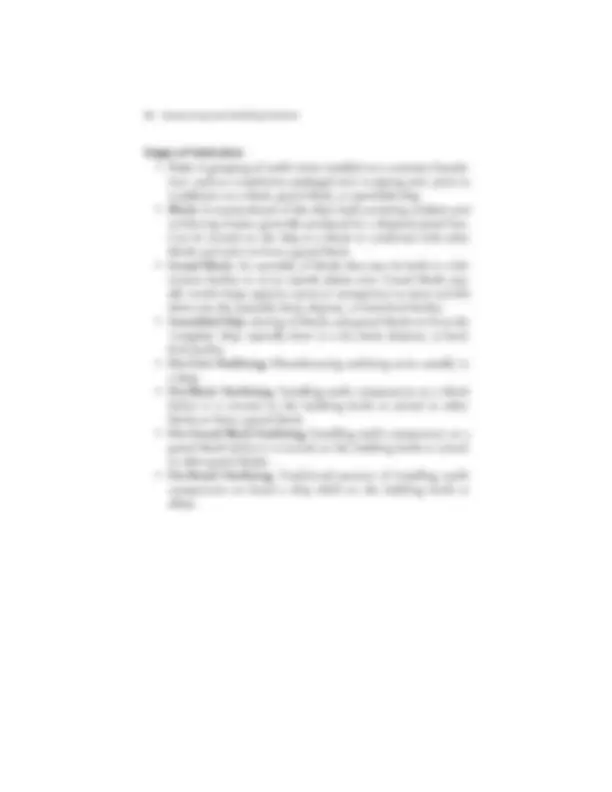
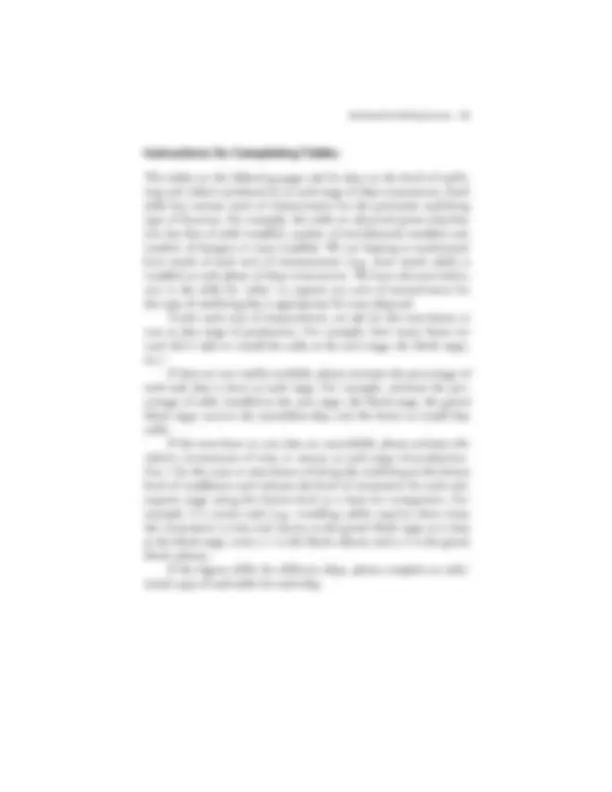
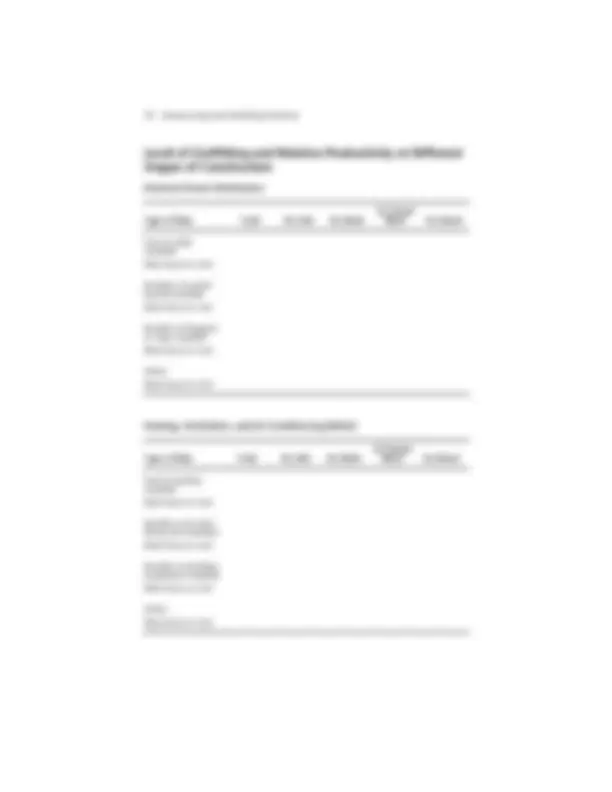
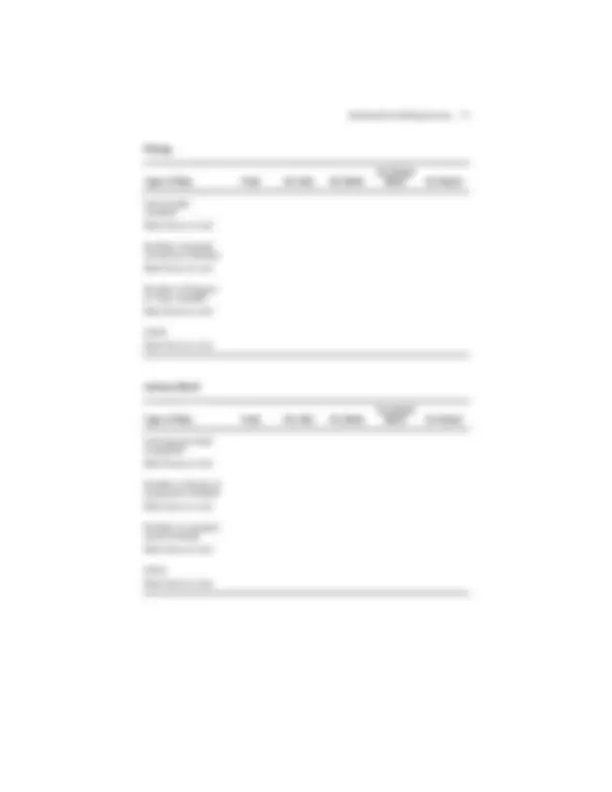
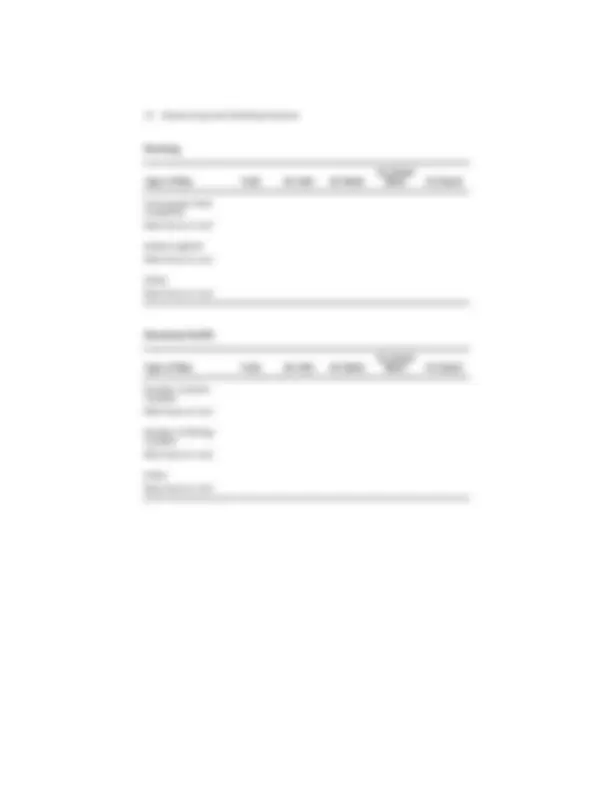


Estude fácil! Tem muito documento disponível na Docsity

Ganhe pontos ajudando outros esrudantes ou compre um plano Premium


Prepare-se para as provas
Estude fácil! Tem muito documento disponível na Docsity
Prepare-se para as provas com trabalhos de outros alunos como você, aqui na Docsity
Os melhores documentos à venda: Trabalhos de alunos formados
Prepare-se com as videoaulas e exercícios resolvidos criados a partir da grade da sua Universidade
Responda perguntas de provas passadas e avalie sua preparação.

Ganhe pontos para baixar
Ganhe pontos ajudando outros esrudantes ou compre um plano Premium
Comunidade
Peça ajuda à comunidade e tire suas dúvidas relacionadas ao estudo
Descubra as melhores universidades em seu país de acordo com os usuários da Docsity
Guias grátis
Baixe gratuitamente nossos guias de estudo, métodos para diminuir a ansiedade, dicas de TCC preparadas pelos professores da Docsity
Outsourcing outifitting
Tipologia: Notas de estudo
1 / 106

Esta página não é visível na pré-visualização
Não perca as partes importantes!





























































































This PDF document was made available from www.rand.org as a public service of the RAND Corporation.
Visit RAND at www.rand.org Explore RAND Europe View document details
This document and trademark(s) contained herein are protected by law as indicated in a notice appearing later in this work. This electronic representation of RAND intellectual property is provided for non- commercial use only. Permission is required from RAND to reproduce, or reuse in another form, any of our research documents.
Limited Electronic Distribution Rights
For More Information
CHILD POLICY CIVIL JUSTICE EDUCATION
ENERGY AND ENVIRONMENT
HEALTH AND HEALTH CARE INTERNATIONAL AFFAIRS NATIONAL SECURITY POPULATION AND AGING PUBLIC SAFETY SCIENCE AND TECHNOLOGY SUBSTANCE ABUSE TERRORISM AND HOMELAND SECURITY TRANSPORTATION AND INFRASTRUCTURE
Purchase this document Browse Books & Publications Make a charitable contribution
Support RAND
This product is part of the RAND Corporation monograph series.
RAND monographs present major research findings that address the
challenges facing the public and private sectors. All RAND mono-
graphs undergo rigorous peer review to ensure high standards for
research quality and objectivity.
The RAND Corporation is a nonprofit research organization providing objective analysis and effective solutions that address the challenges facing the public and private sectors around the world. RAND’s publications do not necessarily reflect the opinions of its research clients and sponsors.
© Copyright 2005 RAND Corporation
All rights reserved. No part of this book may be reproduced in any form by any electronic or mechanical means (including photocopying, recording, or information storage and retrieval) without permission in writing from RAND.
Published 2005 by the RAND Corporation 1776 Main Street, P.O. Box 2138, Santa Monica, CA 90407- 1200 South Hayes Street, Arlington, VA 22202- 201 North Craig Street, Suite 202, Pittsburgh, PA 15213- RAND URL: http://www.rand.org/ To order RAND documents or to obtain additional information, contact Distribution Services: Telephone: (310) 451-7002; Fax: (310) 451-6915; Email: order@rand.org
Library of Congress Cataloging-in-Publication Data Outsourcing and outfitting practices : implications for the Ministry of Defence shipbuilding programmes / John F. Schank ... [et al.]. p. cm. “MG-198.” Includes bibliographical references. ISBN 0-8330-3635-1 (pbk. : alk. paper)
Cover design by Stephen Bloodsworth
The research described in this report was sponsored by the United King- dom’s Ministry of Defence. The research was conducted jointly in RAND Europe and the RAND National Security Research Division.
iii
The United Kingdom’s Ministry of Defence (MOD) is planning to produce two new aircraft carriers, called the Future Aircraft Carrier (CVF), to replace its three existing Invincible -class carriers. The two ships, which could be the largest warships ever constructed in the United Kingdom, are planned to enter the Royal Navy inventory in 2012 and 2015, respectively. After a lengthy competition between two contractors—BAE Systems and Thales UK—the MOD an- nounced in January 2003 that the carriers would be designed and manufactured by an alliance involving BAE Systems, Thales UK, and the MOD. BAE Naval Ships and Thales UK have subsequently already formed the industrial Aircraft Carrier Team (ACT). Because of the size of the new ships, the demands from other MOD programmes on the shipbuilding industrial base, and the com- plexity of the CVF programme, the MOD asked the RAND Corpo- ration to perform an independent, objective, quantitative analysis to evaluate the cost, schedule, and technical risks of the competing con- tractor plans and to estimate the economic implications of using alternative manufacturing options. Prior analysis identified a potential problem in the ability of the UK shipbuilding industrial base to meet the workload demands of the CVF programme in combination with the demands of other MOD programmes. The objective of the current phase of the research was to examine ways in which this problem could be over- come. The research was focused on two shipbuilding issues: advanced outfitting as a method to reduce the total CVF workload, and out-
Preface v
which conducts research for the US Department of Defense, allied foreign governments, the intelligence community, and foundations. For more information on RAND Europe, contact the president, Martin van der Mandele. He can be reached by email at mandele@ rand.org; by phone at +31 71 524 5151; or by mail at RAND Europe, Netonweg 1, 2333 CP Leiden, The Netherlands. For more information on the International Security and Defense Policy Center, contact the director, Jim Dobbins. He can be reached by email at James_Dobbins@rand.org; by phone at (310) 393-0411, extension 5134; or by mail at RAND Corporation, 1200 South Hayes Street, Arlington, VA 22202-5050 USA. More information about RAND is available at www.rand.org.
viii Outsourcing and Outfitting Practices
Total and Peak Outsourcing in Japanese and South Korean Shipyards............................................................. 17 Summary Comparison of UK, US, EU, and Asian Outsourcing Practices.............................................................. 19 Reasons Why Shipbuilders Do and Do Not Outsource................ 21 The Cost Impact of Outsourcing .......................................... 23 Adequacy of the UK Supplier Base to Support Greater Levels of Outsourcing....................................................... 25 UK Shipbuilding Subcontracting Base ................................. 25 Use of Smaller Shipbuilders............................................. 29 Unemployed and Incapacity Roles...................................... 31 Overseas Shipbuilding Labour Pool .................................... 35 Implications to the CVF and Other MOD Shipbuilding Programmes ... 37
CHAPTER THREE Advanced Outfitting Practices and Implications for the CVF ........... 41 Overview of Ship Construction Processes ................................. 42 Current Use of Advanced Outfitting by UK, US, and EU Shipbuilders ..................................................... 46 Electrical Power Distribution Outfitting ............................... 47 HVAC and Piping Outfitting .......................................... 48 Joinery Tasks Outfitting ................................................ 49 Painting and Insulation, and Structural Outfitting..................... 51 Limitations to Higher Levels of Advanced Outfitting ..................... 52 The Cost Impact of Different Levels of Advanced Outfitting............. 54 What Level of Advanced Outfitting Is Practical for the CVF Programme, and Should It Vary by Shipbuilder?.................... 59
APPENDIX A. Outsourcing Survey ................................................... 61 B. Advanced Outfitting Survey .......................................... 67
Bibliography ............................................................... 77
ix
S.1. Use of Outsourcing at UK Shipyards............................xviii S.2. Use of Outsourcing by US and EU Shipbuilders................xviii S.3. Advanced Outfitting Practices—Electrical Power Distribution....................................................... xix 2.1. Total Outsourcing—UK Large Construction Shipyards ......... 12 2.2. Total and Peak Outsourcing—UK Large Construction Shipyards.......................................................... 13 2.3. Use of Outsourcing at UK Shipyards............................. 14 2.4. Use of Outsourcing by US Shipbuilders.......................... 16 2.5. Use of Outsourcing by US and EU Shipbuilders................. 17 2.6. Summary of Outsourcing Practices............................... 19 2.7. Reasons Why Shipyards Outsource............................... 21 2.8. Age Distribution of UK Shipbuilding Labour Force ............. 35 3.1. Advanced Outfitting Practices—Electrical Power Distribution....................................................... 47 3.2. Advanced Outfitting Practices—HVAC and Piping ............. 49 3.3. Advanced Outfitting Practices—Joinery.......................... 50 3.4. Advanced Outfitting Practices—Painting and Insulation, and Structural Outfitting ......................................... 51 3.5. Factors That Limit Higher Levels of Advanced Outfitting....... 53
xi
1.1. Shipbuilders Who Responded to the RAND Surveys .............. 4 2.1. Firms That Are Part of NEMOC................................. 28 2.2. Unemployed Workers in Various UK Geographic Areas......... 32 2.3. UK Workforce Distribution by Age .............................. 36 3.1. Outfitting Factors Provided by EU Shipyards.................... 56 3.2. Comparisons Between Types of Naval Ships That Affect Advanced Outfitting .............................................. 58
xiv Outsourcing and Outfitting Practices
The Problem
The MOD is planning to produce two new aircraft carriers to replace the Royal Navy’s three existing Invincible -class carriers. These Future Aircraft Carriers (CVFs) are planned to enter the Royal Navy inven- tory in 2012 and 2015, respectively. The CVFs could be the largest warships ever constructed in the United Kingdom. The anticipated size of the CVF makes it unlikely that any single UK shipyard will be able to produce the vessel, given current produc- tion capacities. Instead, the MOD’s plans call for major portions, or super blocks, of the carriers to be constructed in several shipyards, which upon completion would be transported to one shipyard for final assembly. Earlier RAND research noted that the near- simultaneous demands from several MOD programmes might seri- ously strain the available capacity of the UK shipbuilding industrial base.^1 In particular, there may not be a sufficient workforce at the various shipyards to meet the demands of the CVF, Astute, Type 45, and Military Afloat Reach and Sustainability (MARS) programmes.
What Was RAND Hired to Do About the Problem?
RAND’s research analysed production options open to the MOD that will allow it to acquire the CVF in the most efficient and effec- tive manner, preserve the United Kingdom’s warship industrial base, and minimise disruptions in the schedules of other Royal Navy war- ships slated to be produced at the same time. It focused on the costs and utility of using outsourcing (i.e., subcontracting certain construc- tion work to other firms or hiring temporary workers to augment in- house labour) to expand the workforce needed for CVF production, and of advanced outfitting (i.e., installing equipment foundations, pipes, power distribution systems, heating and ventilation systems, modular cabins, and other components during the early stages of con-
(^1) Evaluating Options for the CVF: Workload and Workforce Analysis , unpublished RAND research, September 2002.
Summary xv
struction) to reduce the total workload demand of the programme. In particular, we explored and sought to
How Did RAND Study the Problem?
We reviewed past studies and related literature on outsourcing and outfitting, and created and conducted two surveys—one on outsourcing, the other on outfitting—of selected shipbuilders in the United Kingdom, United States, European Union, and Asia. In addi- tion, our research team conducted follow-up interviews with manag- ers of the shipbuilders who had been surveyed as well as other indus- try experts. The survey on outsourcing practices requested both quantitative and qualitative data. We asked for data on outsourcing of functions associated with constructing the hull and other large structures (sand blasting, priming, painting, or fabricating) and with preparing and installing subsections of ships (e.g., machinery; piping; electrical power distribution systems; heating, ventilation, and air conditioning [HVAC] systems; accommodations; common areas; galleys; weapon systems). Upon receiving responses from the shipbuilders, we con- ducted on-site interviews with them to ensure our understanding of
(^2) For simplicity, throughout this report, the authors use the term ‘European Union’, or ‘EU’, to refer to those non-UK European shipbuilders surveyed (even though the United Kingdom is an EU member). Specifically, EU countries here consist of Denmark, Finland, France, Italy, the Netherlands, and Spain (see Table 1.1 for the full list of shipbuilders).
Summary xvii
UK and US shipbuilders rely on subcontractors very little, either for total functional areas or for meeting peak demands. The majority of the EU shipyards we surveyed use total subcontracting extensively, maintaining in-house capabilities primarily in the structural areas. Total outsourcing is typically a key component of a long-term corpo- rate strategy to focus a shipbuilder on core competencies while sim- plifying organisational structures and reducing overhead costs associ- ated with facilities and capital investment. Shipbuilders also use peak subcontracting to augment their in-house workforce during periods of peak demands or when there are tight schedules to meet. The survey also suggests that cost savings are not the primary reason shipbuilders use total or peak outsourcing. Although the cost of outsourcing may be slightly less than the cost of maintaining capa- bilities in-house, shipyards that use outsourcing do so mainly to con- trol their workforce in the face of cyclical demands for certain skills. Tough labour policies in certain countries make it difficult and costly to adjust permanent workforce to meet varying demands. In addition to better workforce management, shipbuilders that use total out- sourcing believe the quality of the end product is better with sub- contractors who specialise in certain areas, such as accommodations.
Outfitting Practices The degree to which shipyards use advanced outfitting is shown in Figure S.3. The figure depicts the results of RAND’s survey of prac- tices at different UK, US, and EU shipyards, with the vertical axis measuring the percentage of outfitting accomplished during early phases of construction. The points in the figure represent a specific shipyard’s practices, which we have connected to represent ranges. While it shows our survey results only for the electrical power distri- bution tasks of installing cable, switchboards, and hangers, it is gener- ally representative of outfitting practices associated with HVAC, piping, joinery, painting, and insulation.
xviii Outsourcing and Outfitting Practices
Figure S. Use of Outsourcing at UK Shipyards
RAND MG198-S.
Structural blast and prime
Structural fabrication
Painting
Common areas
Accommodations
HVAC
Electrical power distribution
Piping
Machinery
Hull outfit
Food prep/service Outsourcing key: = Total = Peak (blue: maximum outsourced)
HunterSwan ThornycroftVosper BAE Systems Appledore Ferguson Rosyth DML
Figure S. Use of Outsourcing by US and EU Shipbuilders
RAND MG198-S.
Structural blast and prime
Structural fabrication
Painting
Common areas
Accommodations
HVAC
Electrical power distribution
Piping
Machinery
Hull outfit
Food prep/service Outsourcing key: = Total = Peak (blue: maximum outsourced) 12 Packaged pipe outsourced.Ducting purchased and installed with in-house labour; HVAC in hotel areas subcontracted.
34 Crew accoBlocks built/outfitted at Baltic subsidiary.mmodations/common areas done in-house. 5 Superstructure with hotel functions built at Baltic subsidiary.
United States European Union A B C D E A B C D E F (Comm/Mil)
3 5
5
5
3
2
1
?
4
4
4
4